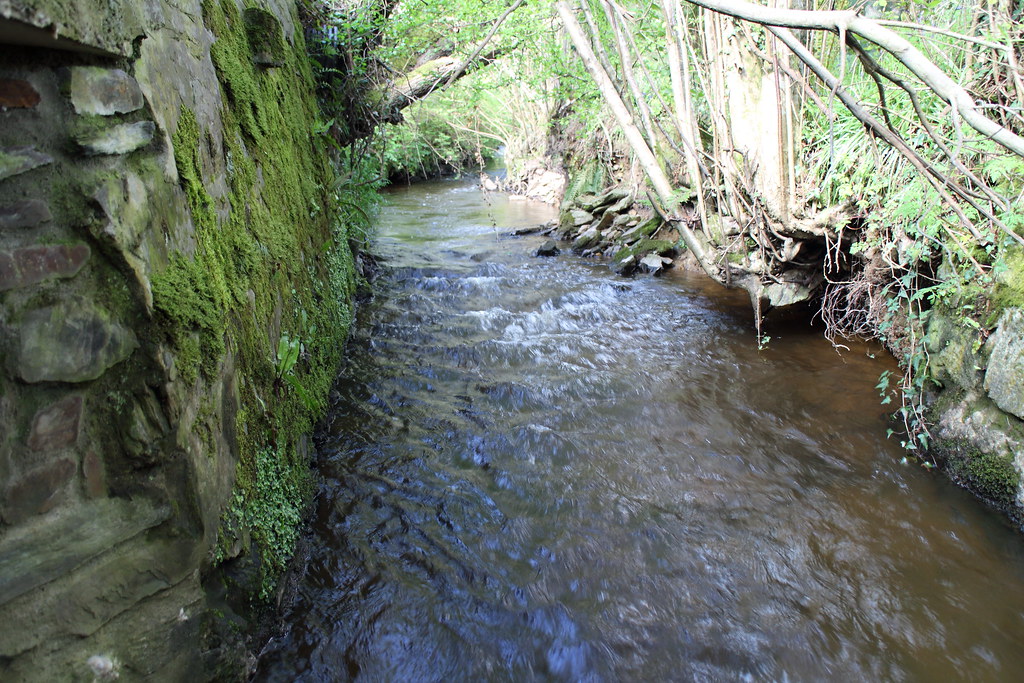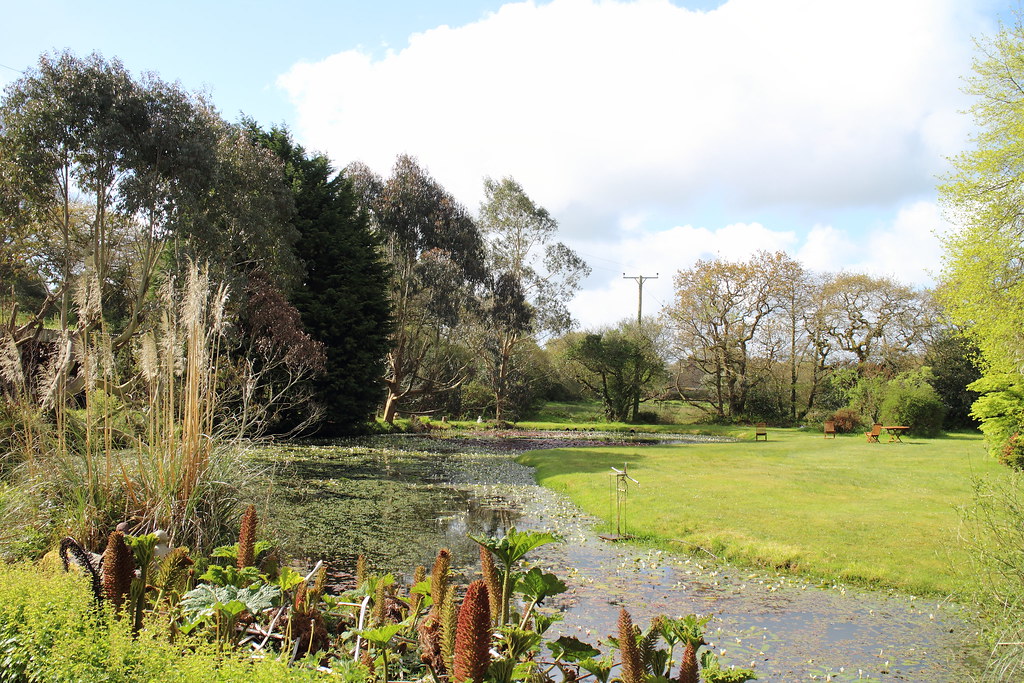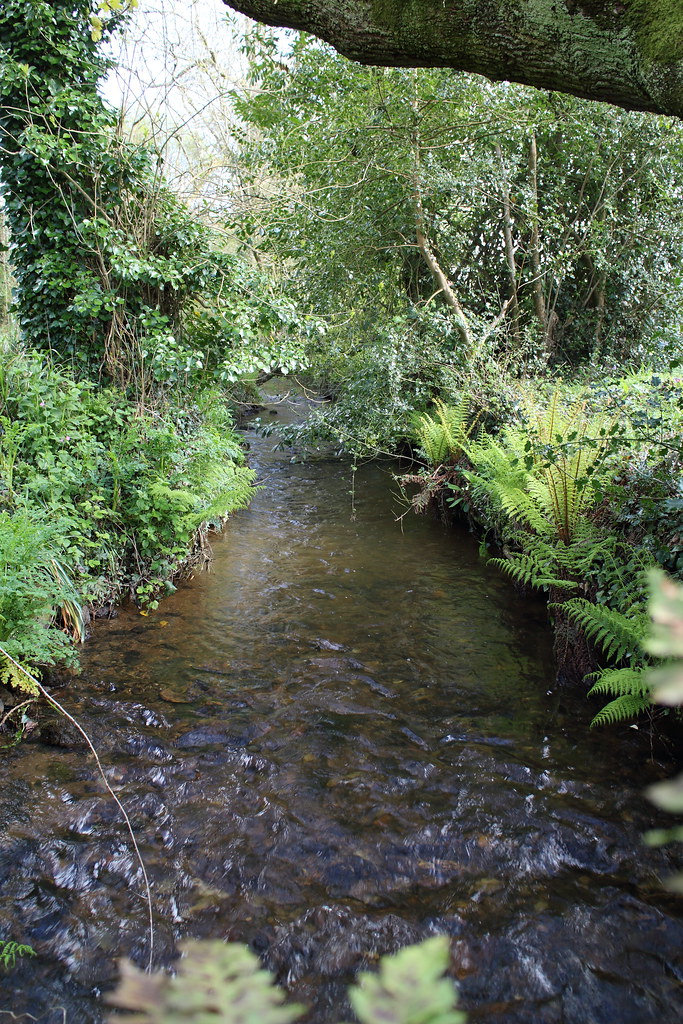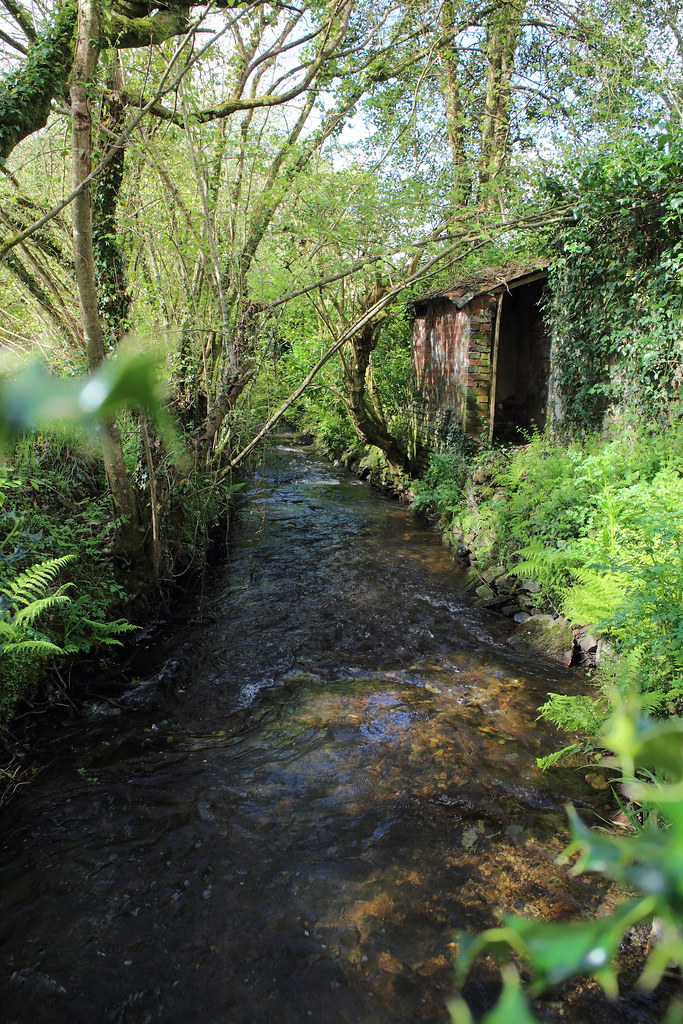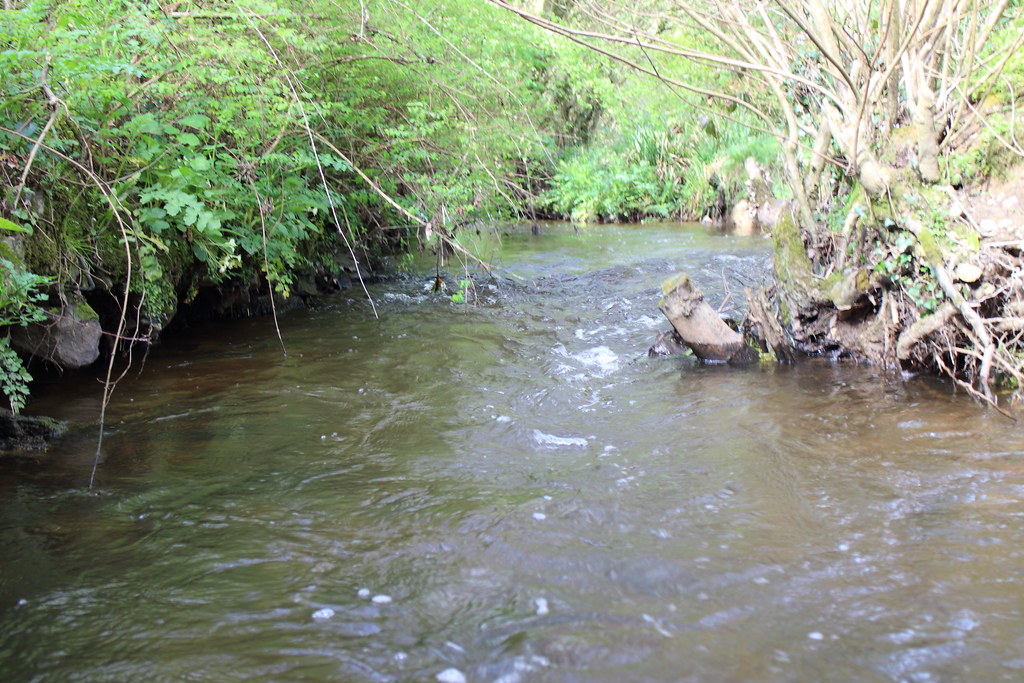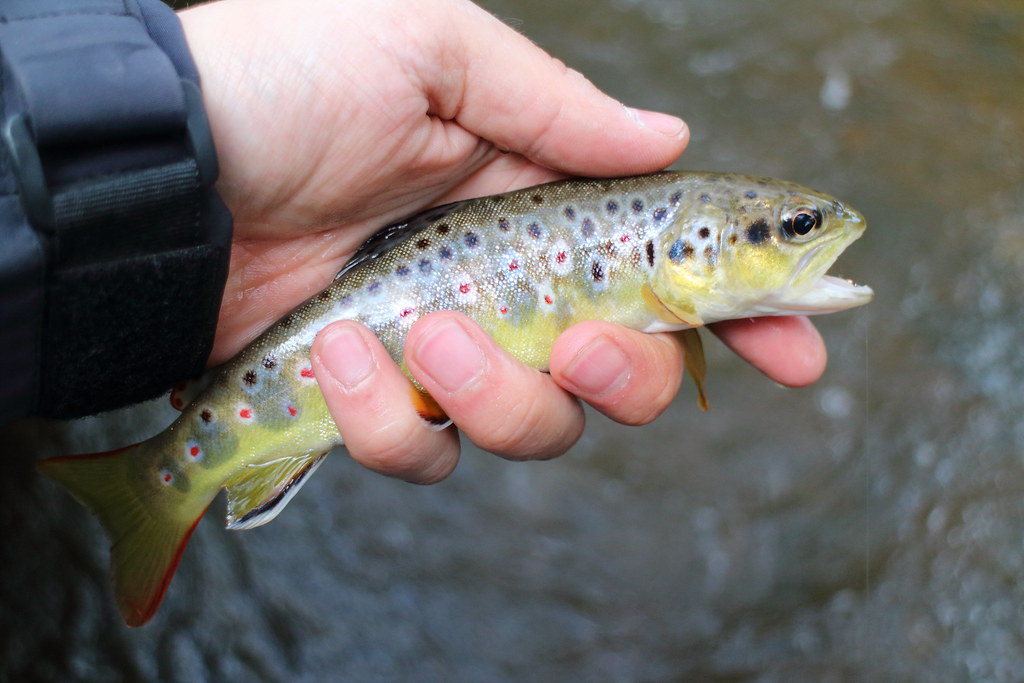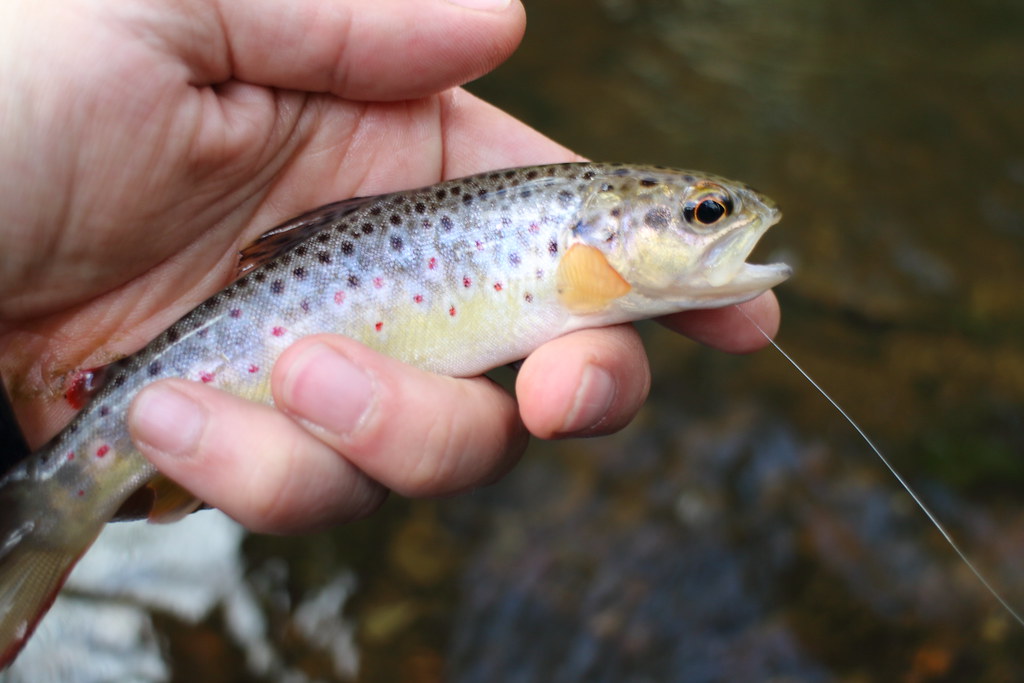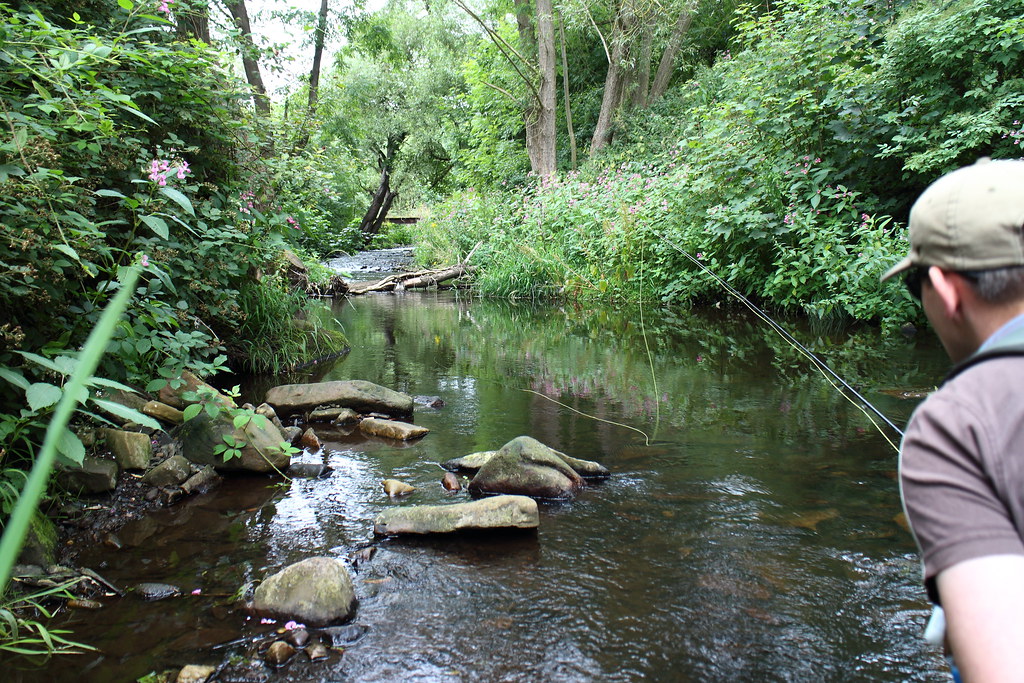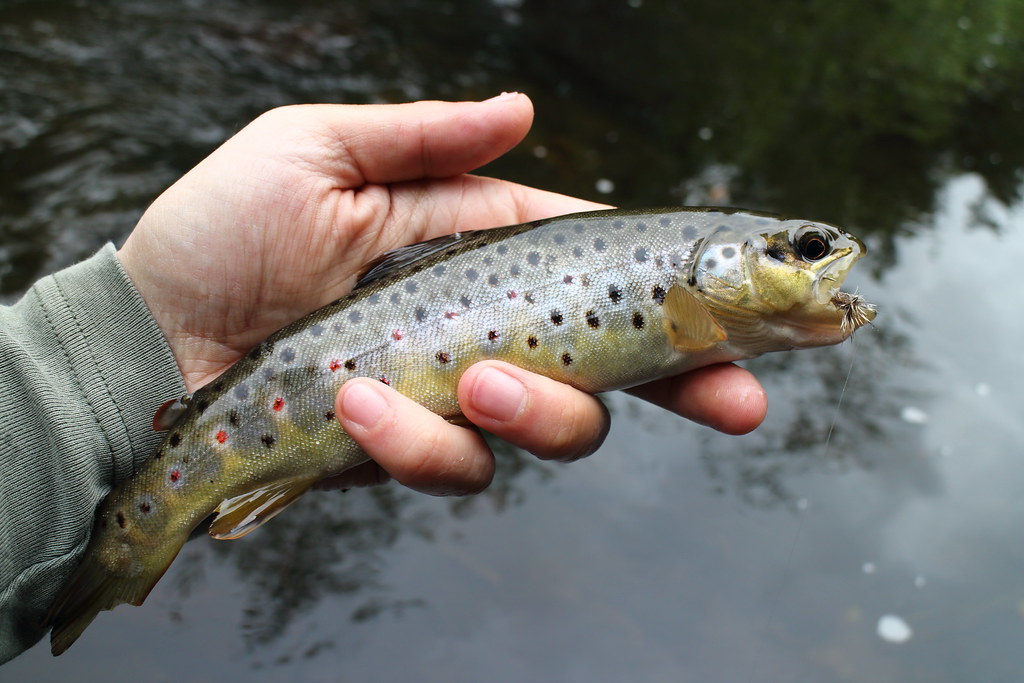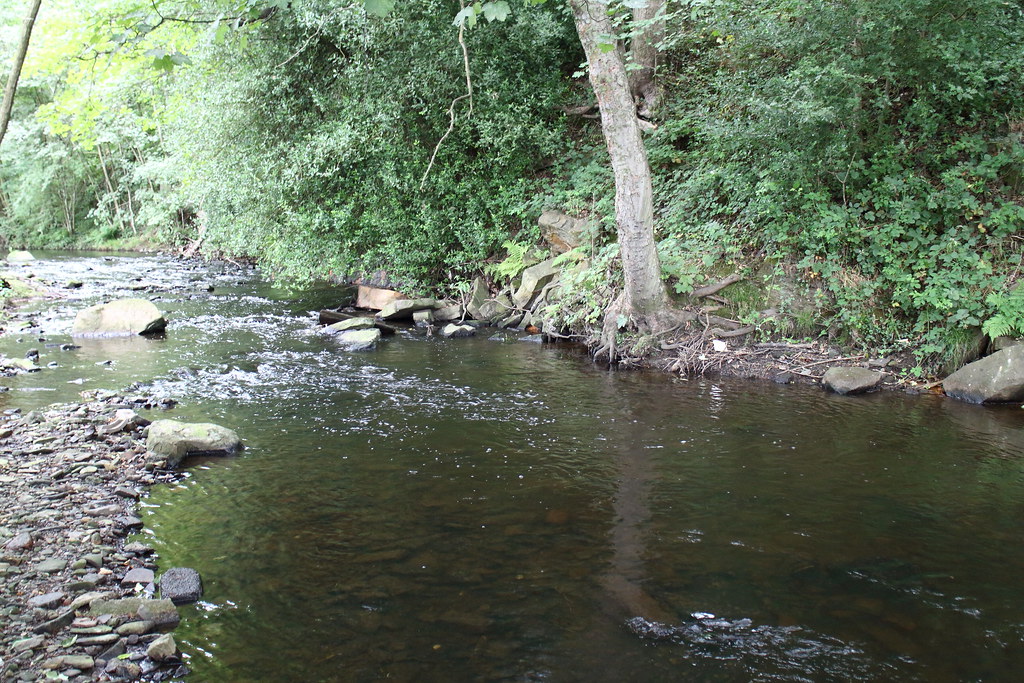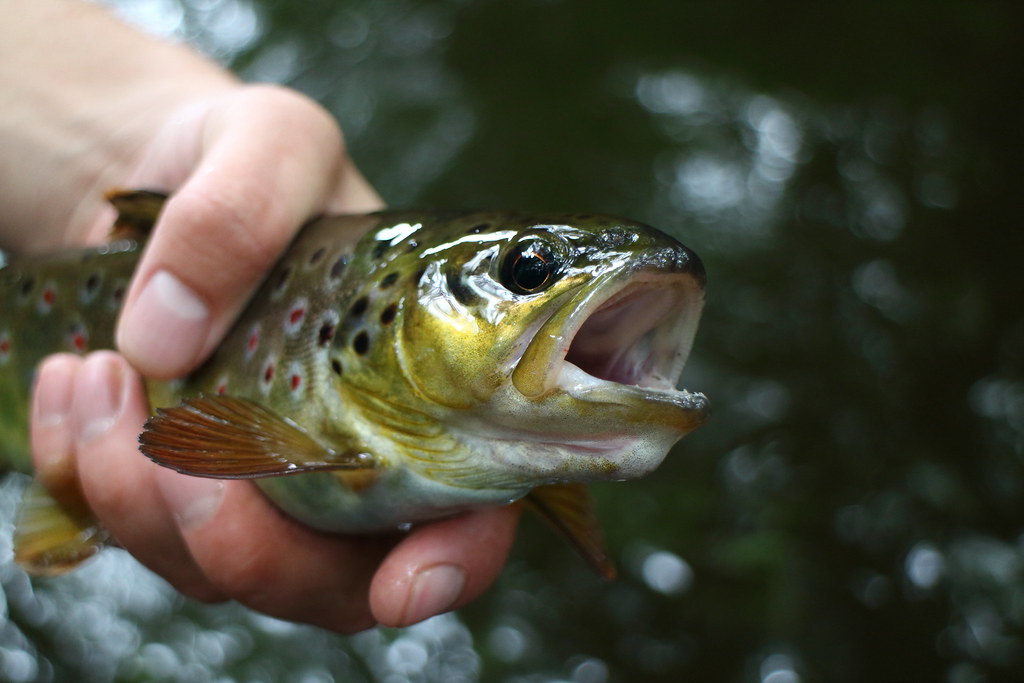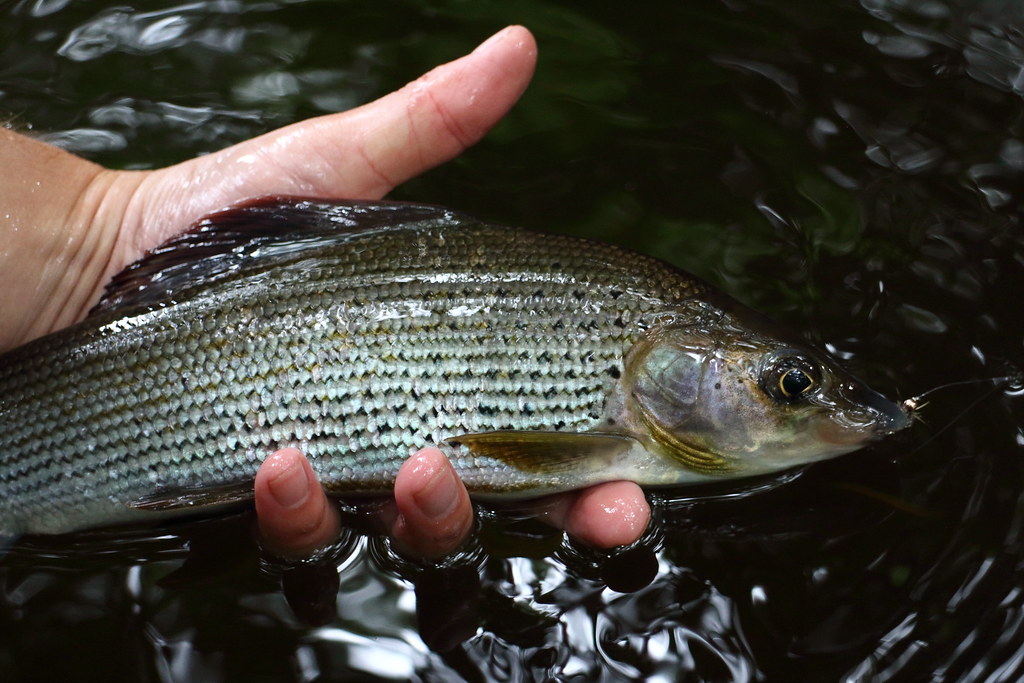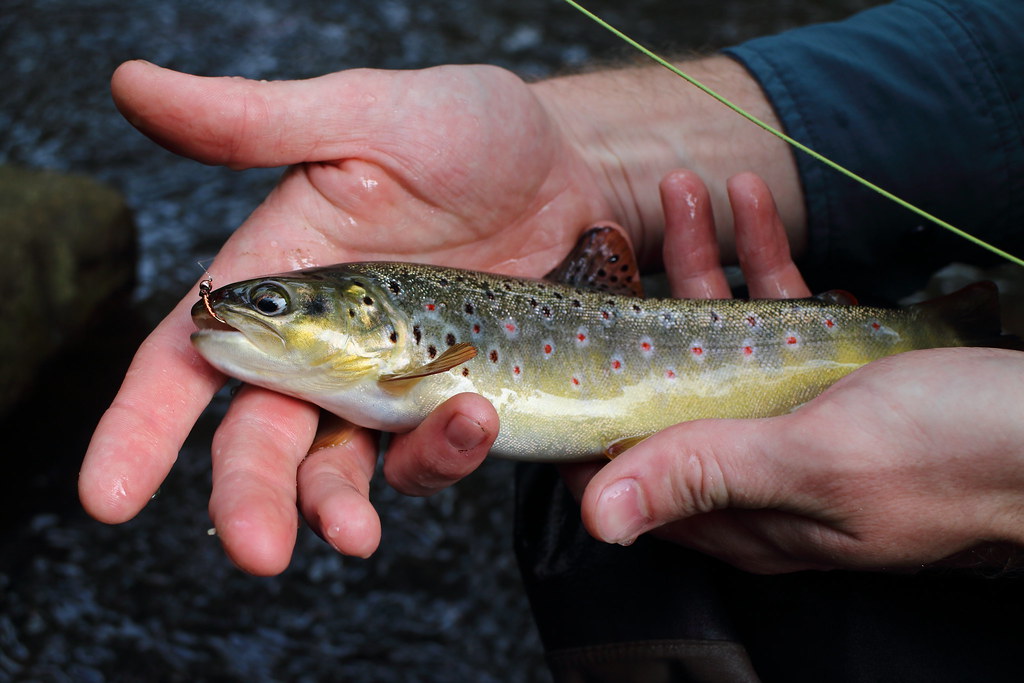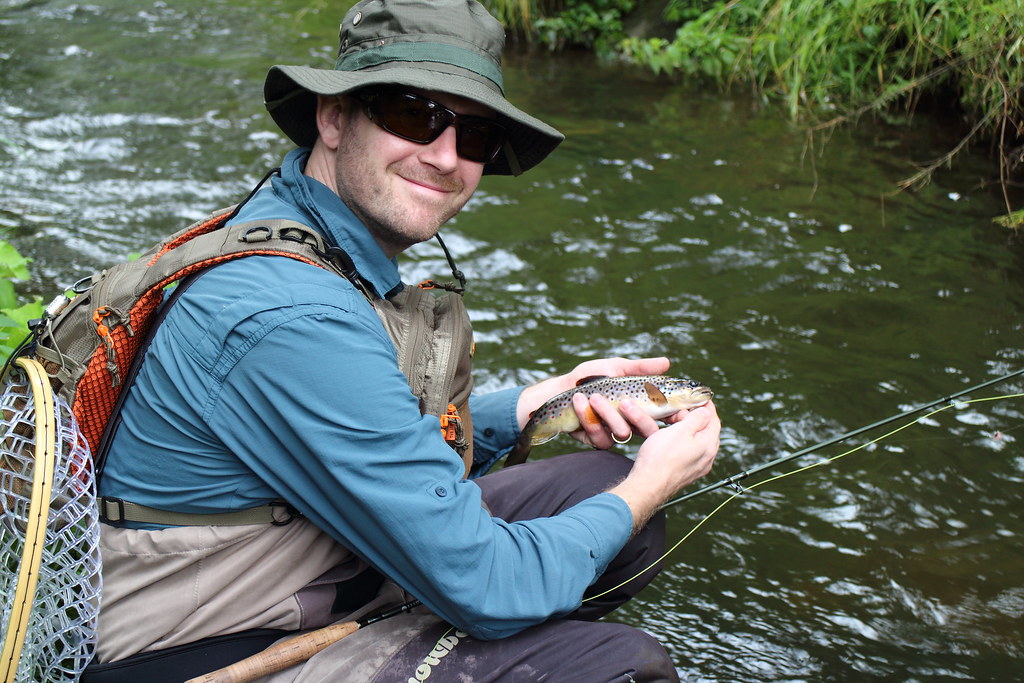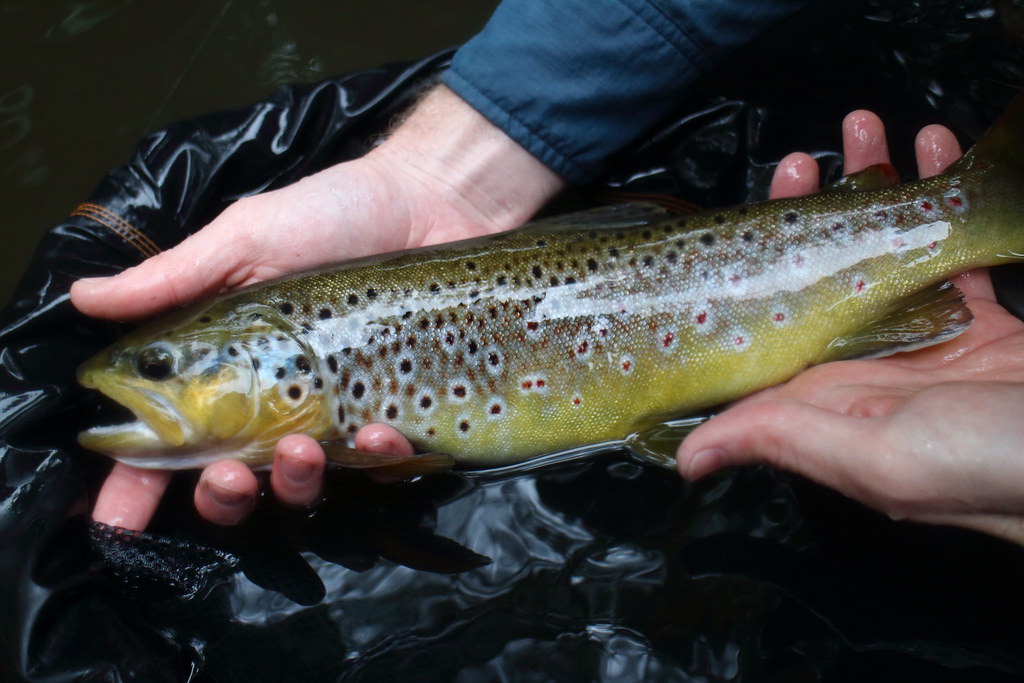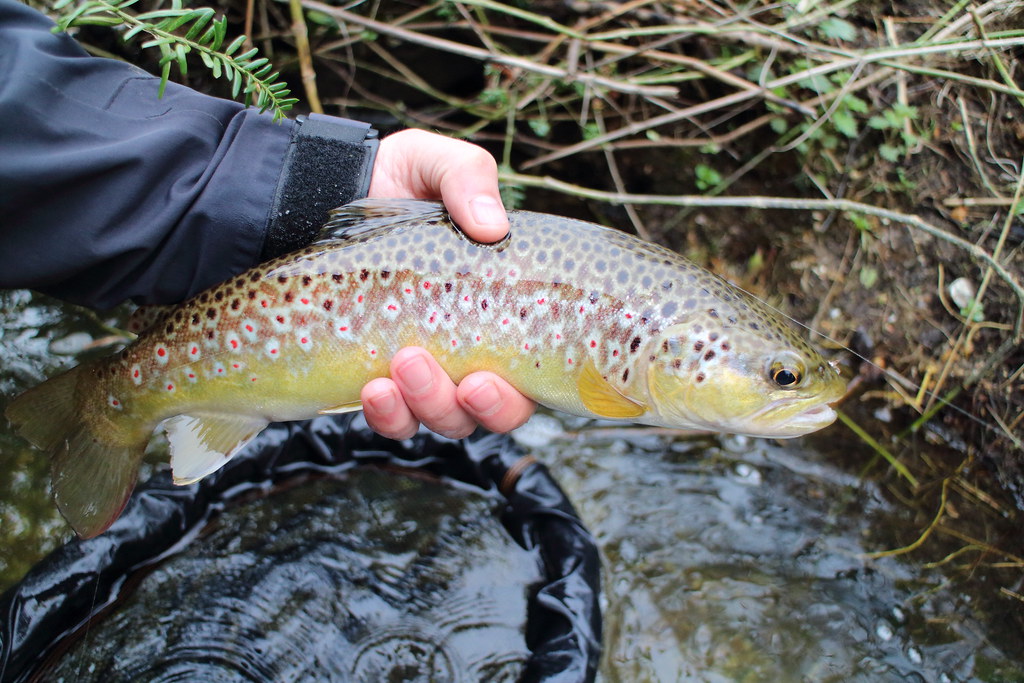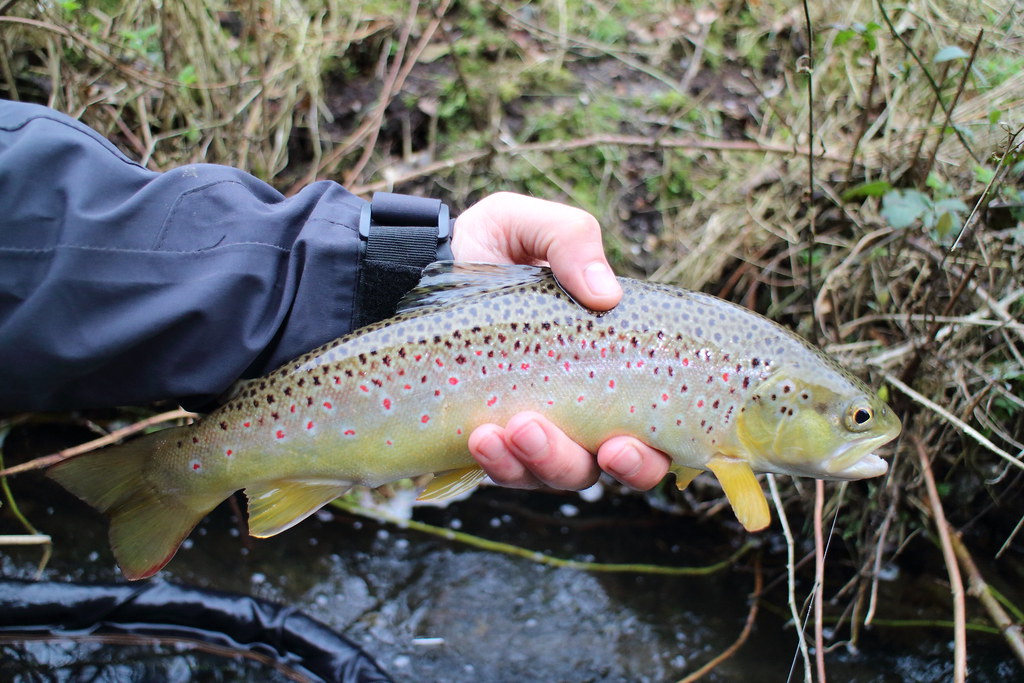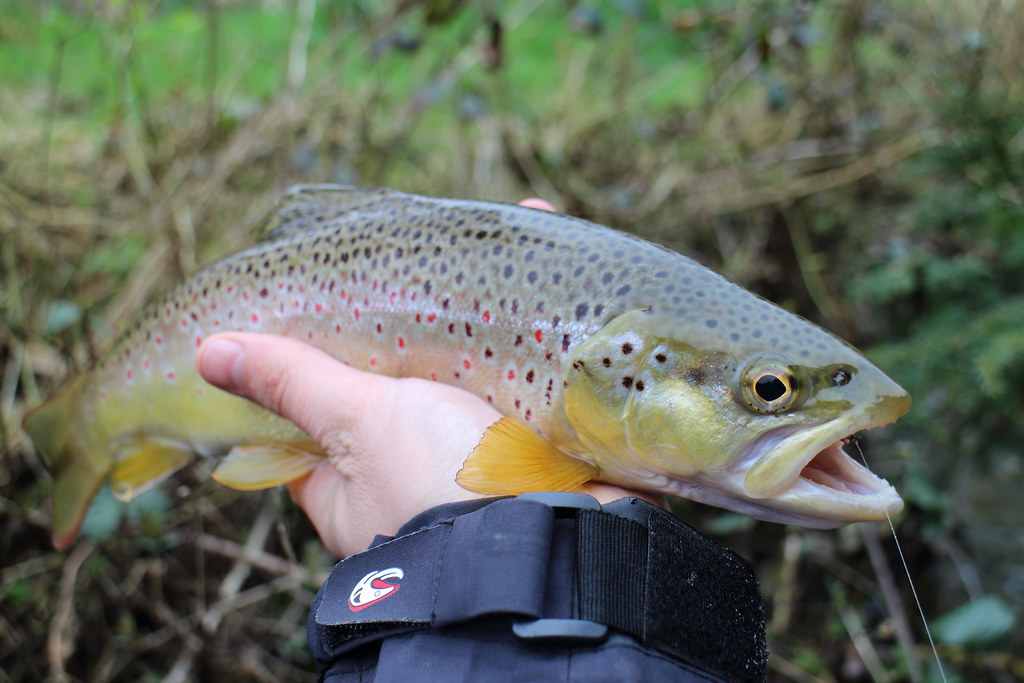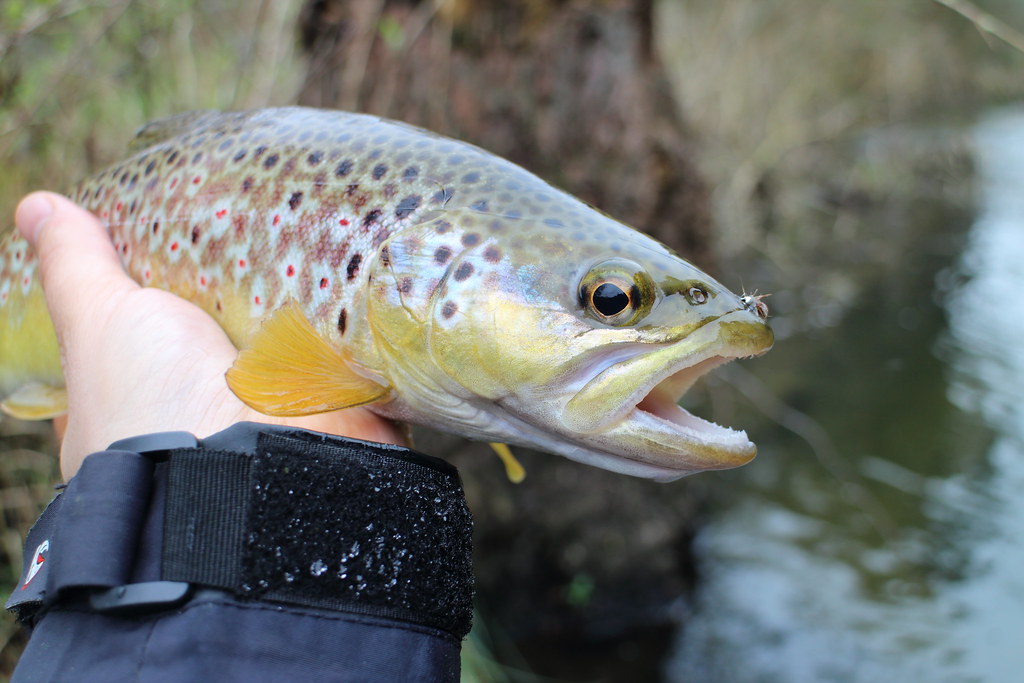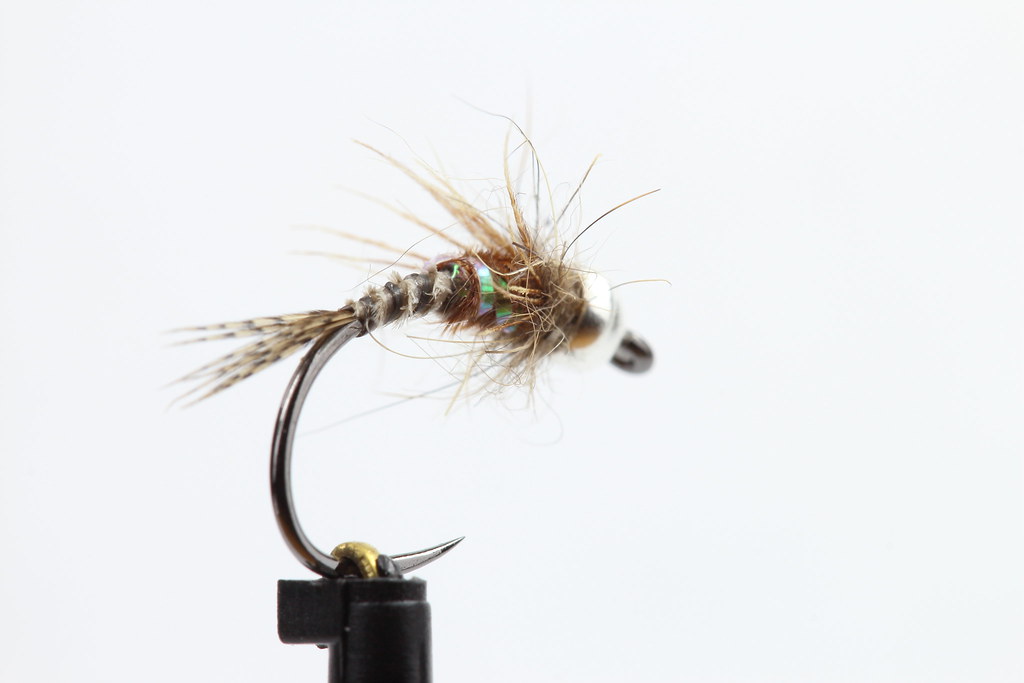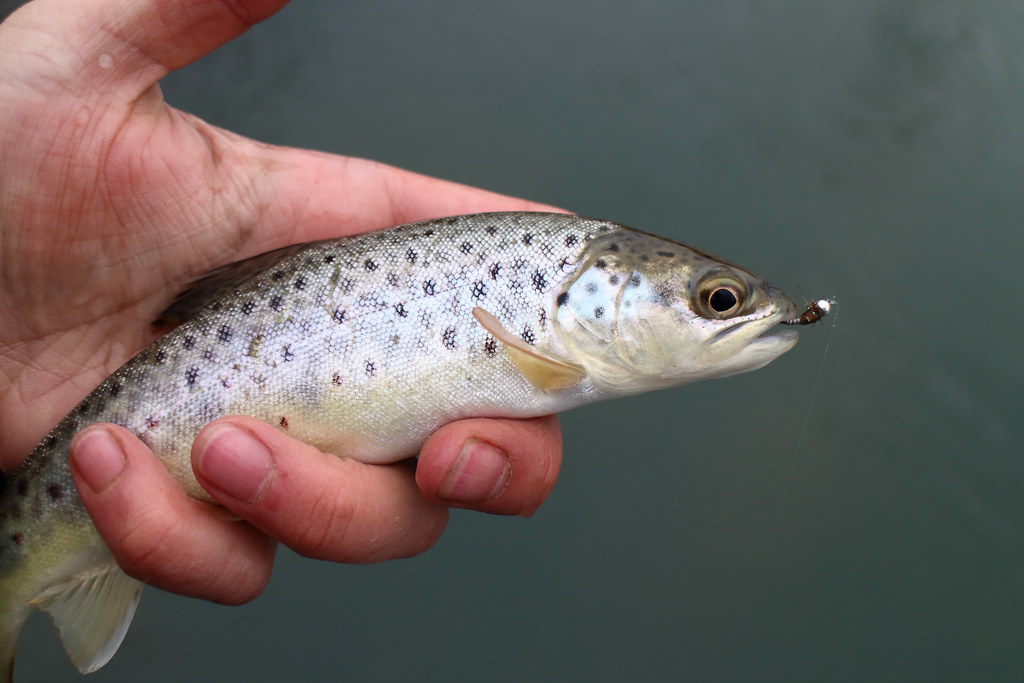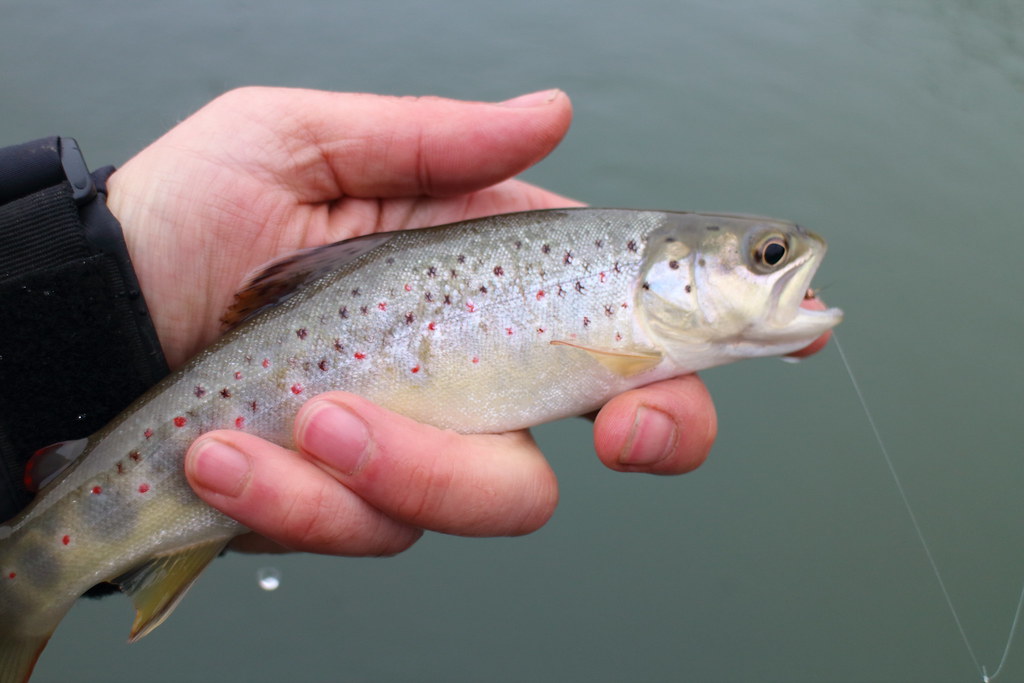The coarse fishing tackle never made it out of the car, only one small rudd was spotted and the ponds were chocked with lily pads, the owner told me he filmed an otter the week before, perhaps it's been keeping well fed although it wasn't spotted during our stay.
In pursuit of spotties
Sunday, 13 May 2018
Tiny Tresillian
Friday, 27 April 2018
Formerly
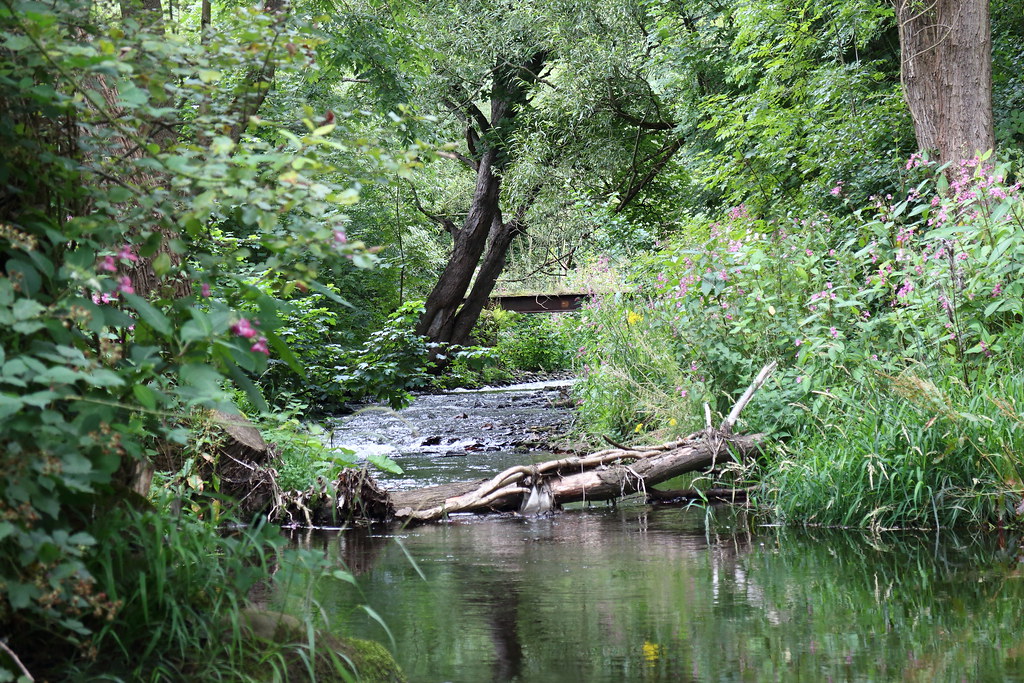 |
| What a view. |
So where have I been fishing during the last two years? Well there have been two trips to the Don in Sheffield, more specifically one of the tributaries, the first time was with Tom and Steve joined me a few weeks after. When Tom and I fished we went as a party of five; Myself and Tom drove up from East Anglia and Mike and Jon travelled a much shorter distance from Cheshire and picked Danny up in Sheffield. The initial meeting at Owlerton greyhound stadium was the only point in the day when all five of us were together; Tom and I did meet up with Mike later on in the day on the main river. This was the first time I had fished this trib, Tom fished with Danny the year before as part of the five-rivers challenge when he won an auction lot provided by Danny on behalf of the Monnow Rivers Trust. Tales of that day captured my imagination as although they didn’t quite achieve the goal Tom told me of the excellent sport provided by the little river that day.
A short walk from where we parked took us over a bridge on the main river – it’s always uplifting to see rising trout early in the day and I pointed a good-sized fish stationed behind a boulder close to the bank. We started our day directly at the confluence, looking upstream the trib looked so inviting if a little clear and low, the gradient was immediately obvious as the river tumbled down small chutes and riffles into the occasional pool, little rivers like this are just my thing – I’m not afraid to admit larger rivers are intimidating to me, but only through a lack of experience on them, small rivers and streams are my undoubtedly comfort.
The first pool was deceptively deep for such a small river, the current syphoned through a small channel and under a large tree trunk spanning the river. There were a number of rising just off the main flow on the seam with a large section of still water. Tom succeeded in capturing one of the rising but the remaining fish from that pool took the nymph; we were using the ubiquitous klink and dink of course. Actually what is normal when I fish with either Tom or Steve is that we both set up our rods differently, one will be set up with a klink and dink and the other, which is usually a Lexa is set up with a French leader and a couple of nymphs. This suits our style of fishing which is to take turns in catching fish, or fishing a pool or run each depending on the day, this is what I call fishing with someone rather than two people turning up and separating to fish different areas.
The day carried on with both of us catching steadily as we continued up the river changing flies and tactics where needed. One slower paced run was lined with rising trout and chub taking midges off the surface. Paul Procter’s All Purpose Terrestrial and a diminutive black klinkhamer caught us several trout, but neither of us could deceive the chub, some which were comfortably two or three pounds – spooky fish. Walking through a shallow riffle I disturbed a very large fish that was holding in some very smooth deep water below a road bridge, there is nothing more disheartening than seeing a substantial bow-wave speeding upstream. A slow heron-like stealthy wade through this section took us almost through the bridge’s tunnel, a lively run flowing down a concrete embankment on the nearside meant we waited a few minutes to allow any disturbance to subside. Within a few casts Tom hooked a big trout, we both saw it as it swam past Tom close to the surface before somehow shedding the hook; Tom let out a devastated shout, that trout looked easily over two pounds. Carrying on we caught several more trout before reaching the next pool.
We were a little envious of the owners of a house who’s balcony overhangs the river at the next pool, although not large it was a typical pool in dynamics and absolutely stuffed with fish, it was in this pool we saw grayling for the first time that day - they are present throughout the lower section of the river, only a large sloping weir prevents their range from expanding, but they are not as populous as the trout - unsurprisingly we caught a good number of fish but the large grayling in that pool eluded us.
Further upstream I hooked a good trout of around a pound and a half as I guided my nymphs underneath the tightest overhanging tree I have ever fished, I also think because of a lack of room I failed to set the hook properly and despite playing the fish for a length of time it came off after one somersault too many, I was gutted now we had both lost a good fish, that said it showed the calibre of fishing available in this little river.
The river tumbled over and between some large boulders immediately upstream of the pool I had just been fishing and Tom took the honours of catching the days smallest fish here. The largest pool so far on the river sat above the pocket water, the drop between that pool and the one I had fished was some four foot, it was very noticeable when looking ahead. This pool provided a lot of action for Tom, he landed a nice grayling, the biggest of the day – not that we caught many, in fact I don’t think I caught one – most of the fish were found directly at the point where the river bed dropped almost cliff-like at the head, we didn’t attempt to wade the main body.
The river tumbled over and between some large boulders immediately upstream of the pool I had just been fishing and Tom took the honours of catching the days smallest fish here. The largest pool so far on the river sat above the pocket water, the drop between that pool and the one I had fished was some four foot, it was very noticeable when looking ahead. This pool provided a lot of action for Tom, he landed a nice grayling, the biggest of the day – not that we caught many, in fact I don’t think I caught one – most of the fish were found directly at the point where the river bed dropped almost cliff-like at the head, we didn’t attempt to wade the main body.
We carried on a little further catching fish on the way, I forget our total but when we reached the long weir we had caught a considerable number of fish especially in tough conditions, I’d expect when conditions are optimal with an increased volume of water and a slight tinge the numbers you could catch would be staggering, in fact I know this from the numbers Tom and Danny had caught last year in a much shorter time frame. We left the tributary at around three to meet up with the others on the main river, it was only Mike that we met up with, Jon and Danny were further upstream. I won’t lie, we struggled on the River Don, the river looked in good condition but we struggled to catch many fish and reports from Mike confirmed it had been a hard day for him, this made Tom and I more thankful for our choice on venue for the majority of the day.
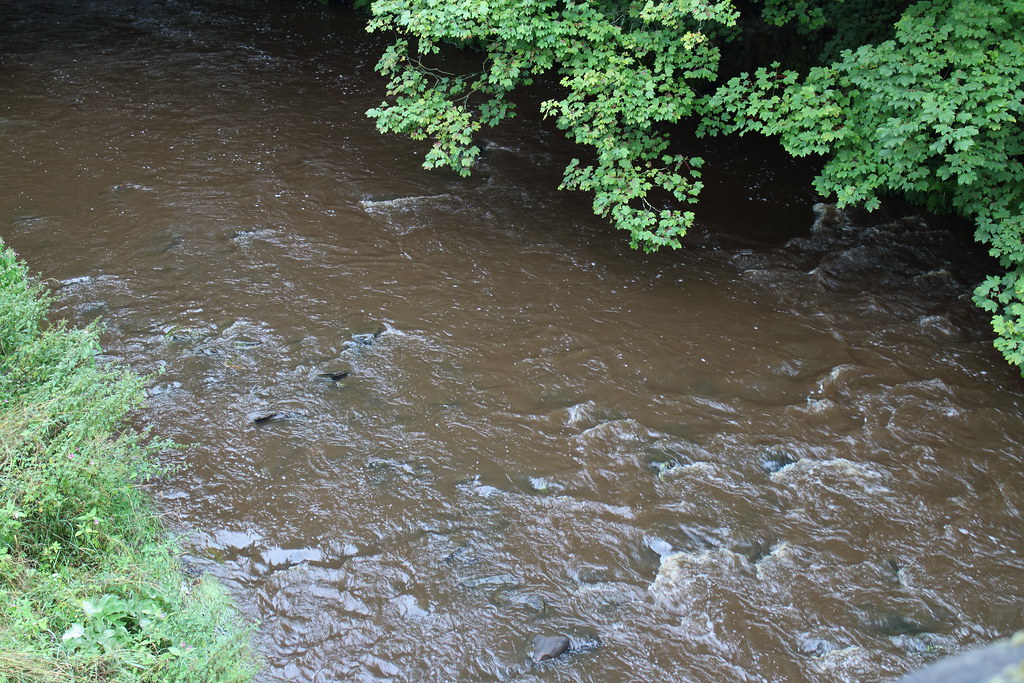 |
| A dirty brown River Don |
Two weeks later I fished the same little tributary with Steve. There had been quite a bit of rain in the days leading up and the levels looked good, the sight of the main river saw our hearts sink, looking over the bridge we were greeted by a fuller river that ran the colour of watery hot chocolate – had we driven for two hours for nothing. Luckily the little trib was largely unaffected, an increase in flow and water volume as well as a small amount of colour lifted our hearts back up and really raised our expectations for the day.
Fishing in much the same way as I did with Tom we caught steadily throughout the day but surprisingly some areas where I expected to catch more because of the better conditions failed to produce any fish at all. There were no big fish hooked or caught although we did see the group of fish below the bridge, some thought needs to be given as to how I’ll go about catching one, which is difficult as I’m not a local. The only thing different that Steve and I did was go much further up the river, more to explore as we didn’t really fish that efficiently by the time we got that further up.
I also had a couple of trips to the coarse sections of my club river, the large trout that we found last year haven’t been visible, at least when I have been, that’s not to say they haven’t been around. As usual the grayling and coarse fish provided most of the sport, trout of all sizes were conspicuous by their absence and the few I did manage to hook did an impressive job of tangling the fly tine and leader in over hanging vegetation as they cartwheeled around the river, only a couple of smaller individuals were landed.
This leads me to some very exotic fishing, for me at least, but that is another post........
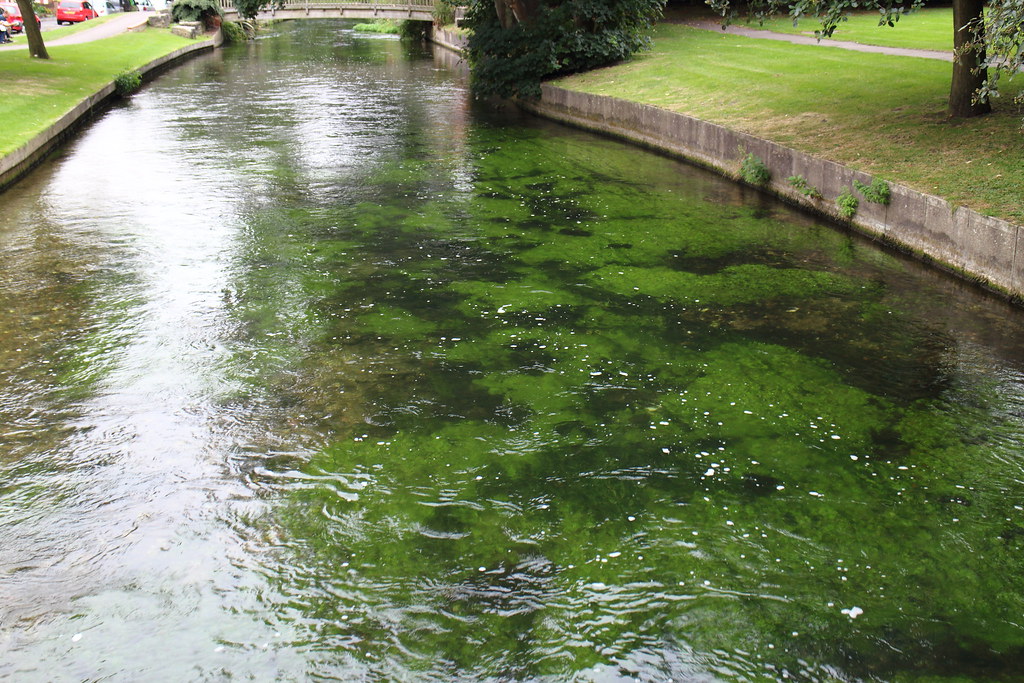 |
| First leg of some very exotic fishing...... |
Sunday, 15 April 2018
Continuation
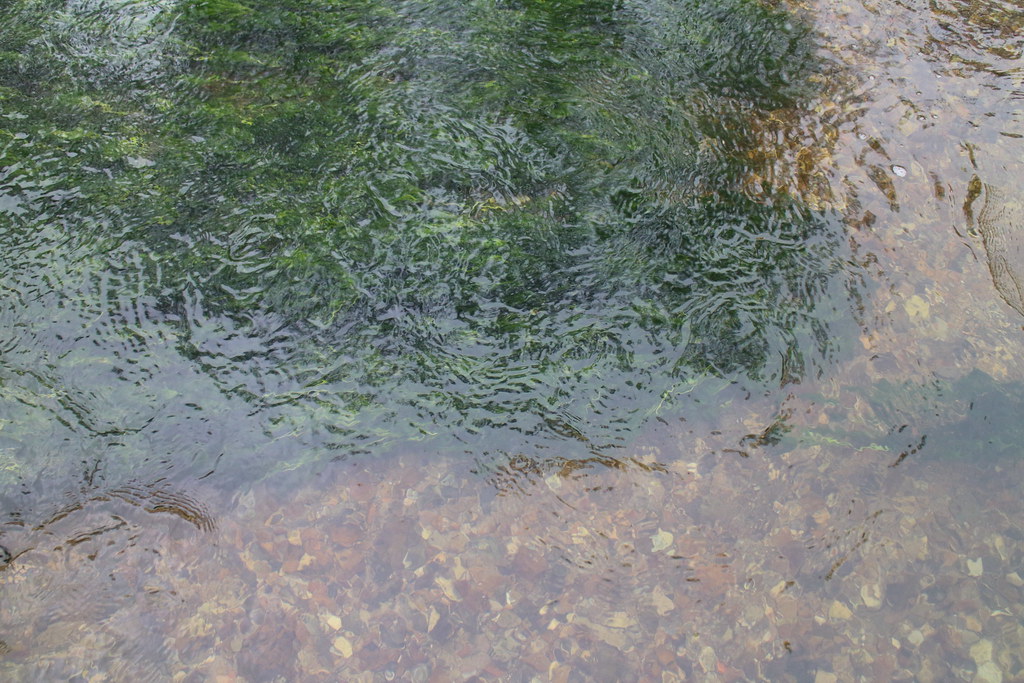 |
| Clear water, gravel and ranunculus = trout |
Walking through woodland I headed downstream to start on a section that usually proves fruitful, the river here has frequent small pools interspersed by riffles, the faster pace provides many opportunities to find fish with the ruffled surface helping keep the angler concealed. Arriving by the waterside I sat on a half-submerged log, recent rains helping to elevate the height and flow to levels I haven’t seen for a long time and at times the push of the current took me by surprise when I found an increase in added depth. There’s something quite enjoyable about sitting and taking your time to set up while observing the surroundings, I never rush, the extra time allows the inhabitants to settle and this normally means you can catch very quickly, if you’re really lucky first cast.
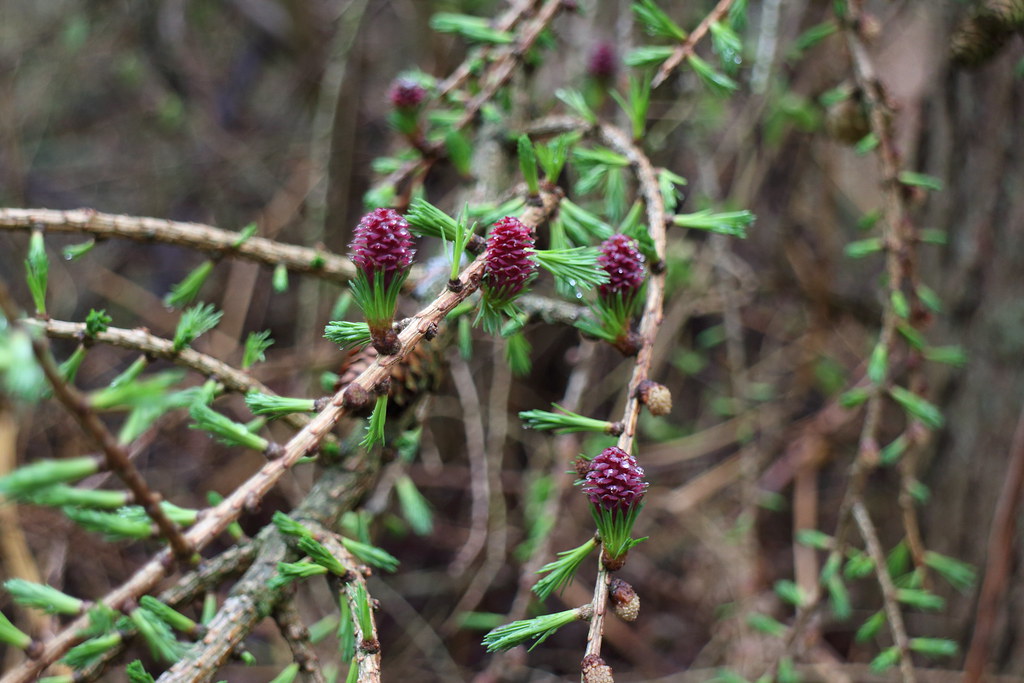 |
| Larch cone buds |
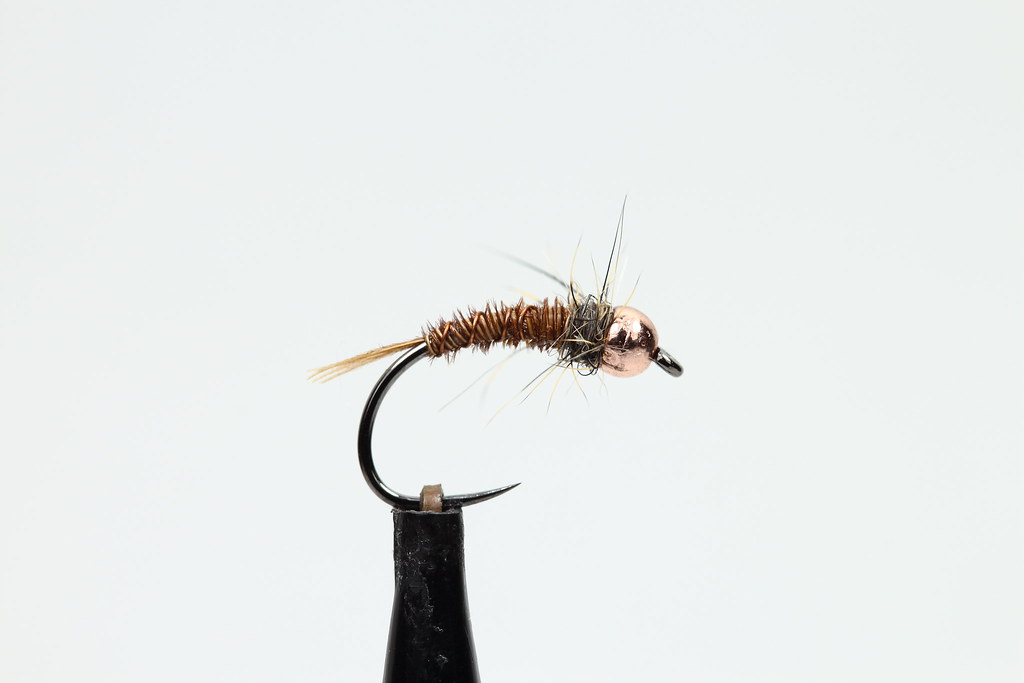 |
| Copper bead pheasant tail nymph |
 |
| Wiltshire's baetis nymph |
The beaded Wiltshire's baetis nymph is a new addition to my fly box and it came about because I had a selection of silver tungsten beads without an obvious pattern to use them on and thought the baetis nymph would suit either the silver or a black bead - I already have plans of which hook to use when tying some black bead versions. The plain baetis nymph has already served me well, I caught a two pound plus grayling on my trip to the Dorset Frome and a number of trout when I have used it. I saw no reason why the addition of a tungsten bead should change its effectiveness, but it does mean it can be fished much deeper.
As I was setting up, I caught a glimpse of a goshawk I had seen recently when walking around the woods before the season start, I have a fond interest in falconry so to see wild birds of prey does excite me, I've been fortunate to have watched the majority of easily seen birds of prey in my part of the country, but the goshawk is right up there, hopefully I will manage to get a worthwhile picture at some point.
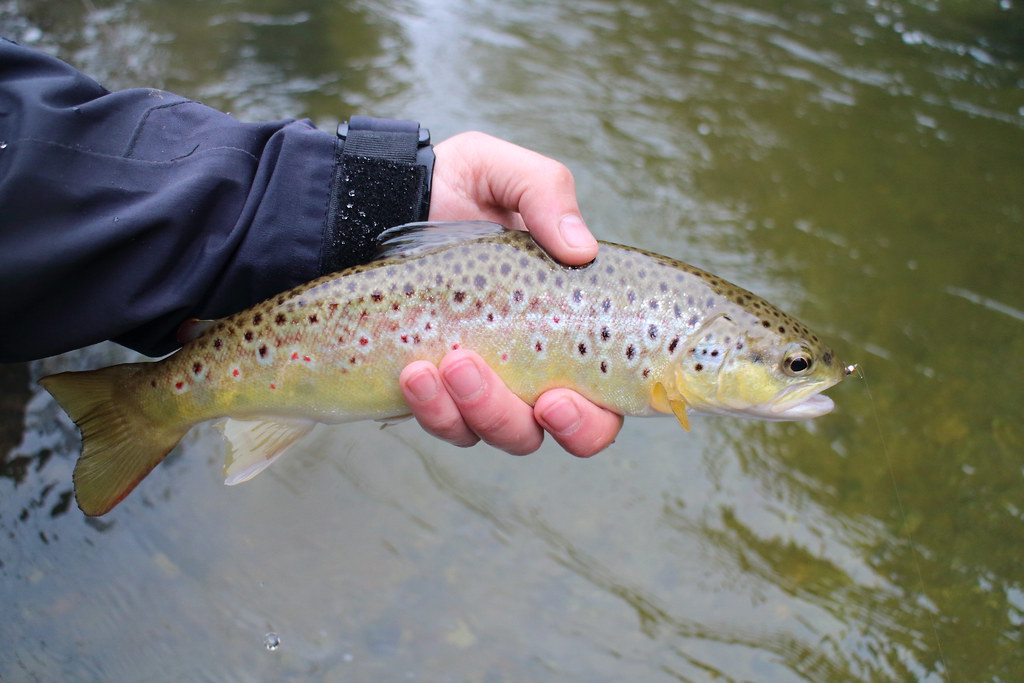 |
| First trout |
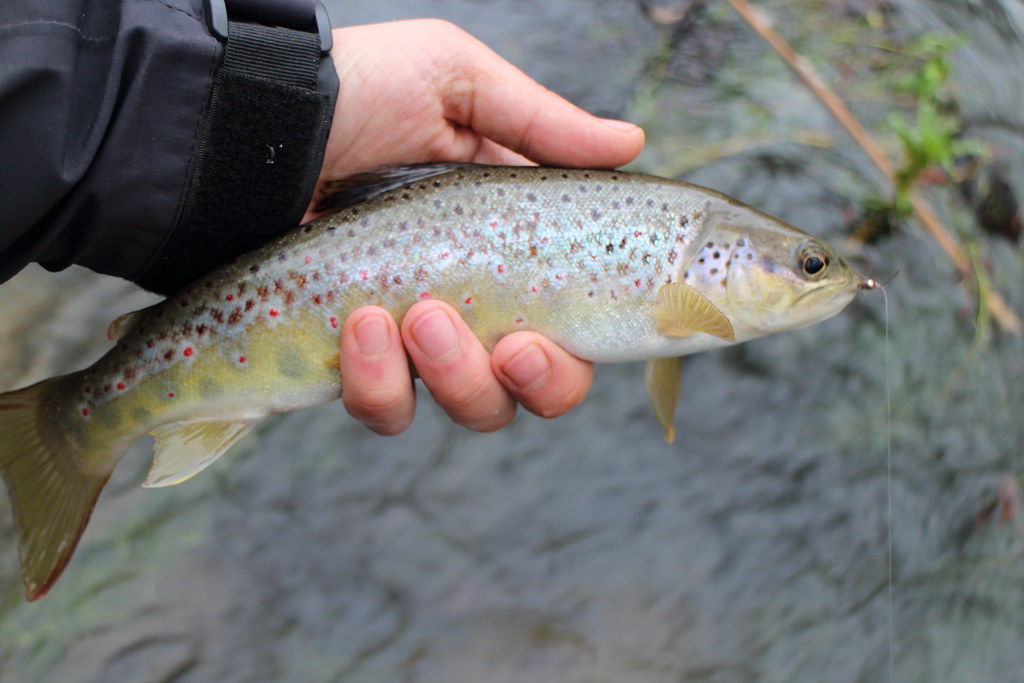
Snagging a tree forced me to retie my tippet and I took the opportunity to change tactics. I had seen the occasional olive hatch off and although I hadn't yet seen a rise I was hoping as the day progressed they may start to look up. Although I hate that I use the klink and dink set up far too frequently, it is just such a devastating method on the small rivers I fish, if it was the only method I could use I wouldn't feel too restricted by it. As it happened my catch rate improved drastically, I can't really explain why, it could have been a combination of the nymph being presented at the right depth or that I had found an area that held more fish or that as the day advanced on they began feeding with more food items becoming active, but whatever the reason I caught over half a dozen fish from a pool located on a bend with an overhanging yew tree.
Carrying on upstream most of the productive areas where the deeper slower areas, the trout hadn't moved into the shallower riffles and faster runs and productivity was intermittent as I found areas and sections that held feeding fish; I missed a couple of takes to the klinkhammer as I was taken by surprise. I caught several sighted fish and some skillful angling led to a fish that took me under a fully submerged branch; I allowed the fish to run taken the fly line through the branches and thankfully it wedged itself in a thick clump of ranunculus, this gave me time to weave the rod tip under water releasing the line and I reconnected with the trout and safely landed it, not a big fish by any means but I do enjoy catching sighted fish no matter what the size.
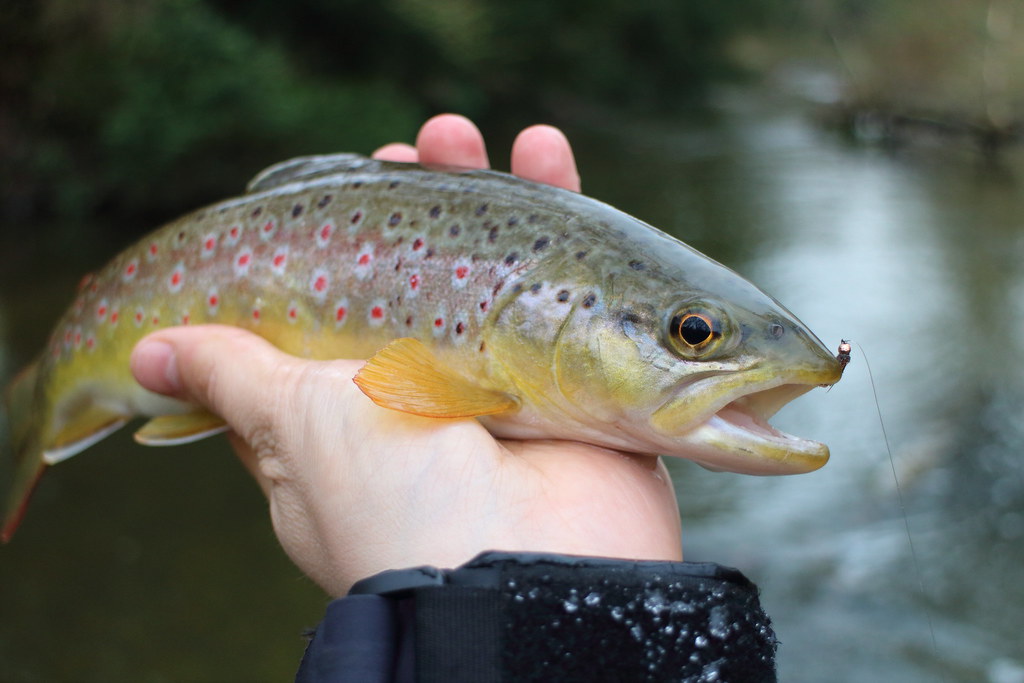 |
| A well earned prize |
Thursday, 12 April 2018
Commencement
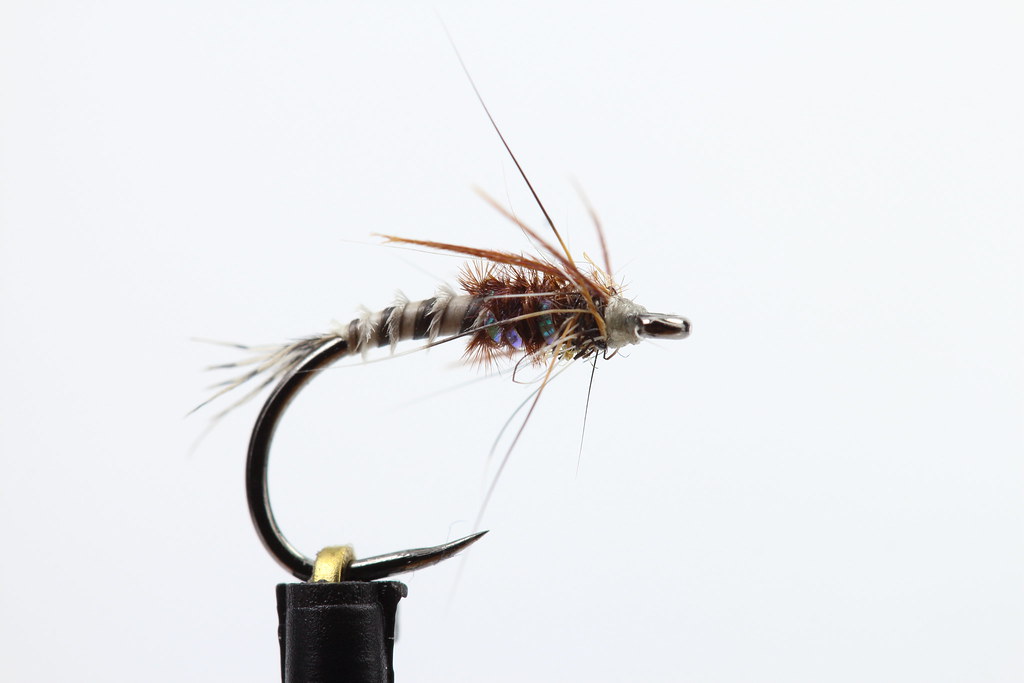 |
| Dave Wiltshire's baetis nymph |
 |
| What greeted me as I peered over the bridge |
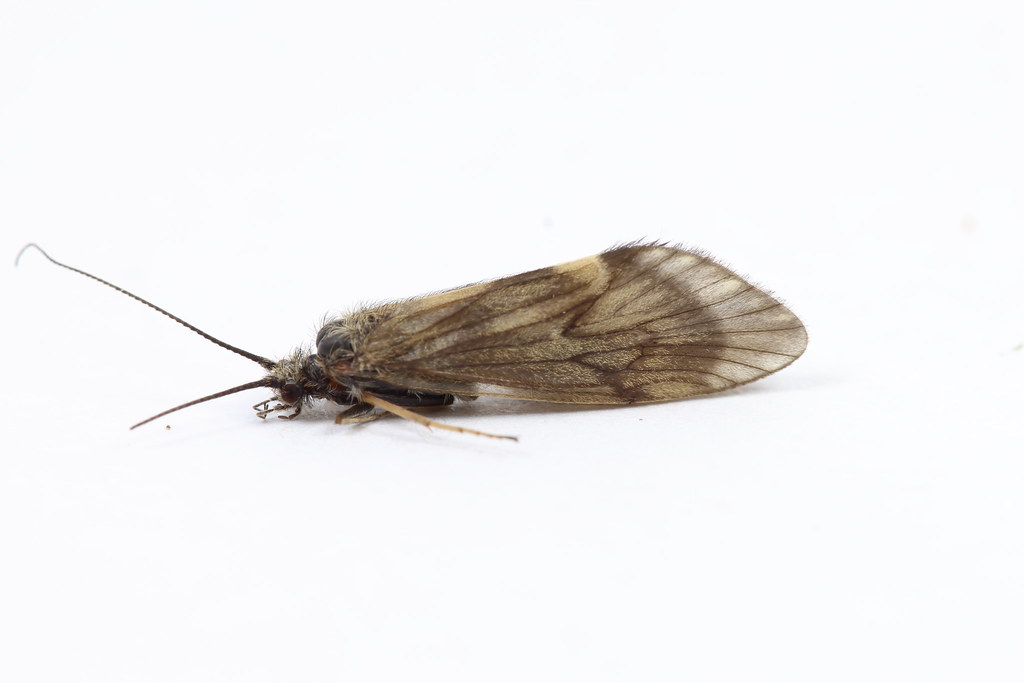 |
| Grannom |
A little after lunch I drove back to where I started the day, the Lexa was packed away and a change of tactics but not flies was decided. I set up my Lochmor-X eight foot four weight with a furled leader incorporating a hi-viz orange butt section, I think it's easy to forget simple upstream nymphing in favour of the ever popular European leader techniques.
An aching shoulder called time on the day, I had manged three trout in an hour and wanted to finish on a high for the first trip of the season.
Wednesday, 11 April 2018
Apologies
It has been a while since my last blog post and I apologise to those of you who have been patiently waiting for an update.
You can never be certain what lies around the corner when it comes to life, sure you can try and plan for most eventualities but a curve ball can really throw you off. I guess you have all been wondering where I have been for the last two years; well my personal life had been affected by major changes and as a result fishing took an expected minor role and I rarely went out, I had really lost my mojo for it and in stark contrast to two seasons ago where I’d be out minimum once a week I have hardly fished at all in the last two seasons.
This winter just gone saw a shift, the desire to go fishing returned and I managed a few trips out although the weather hampered most efforts. This years club membership has been renewed after a break for one season but still the weather has delayed the start of the season for me.
Some may have noticed a subtle change in the blog; I have slowly started to update pictures from older posts that have been affected by photofuckets effort to ruin the internet and all will be transferred over to Flickr in the near future.
Thank you to those who continue to visit the blog and be rest assured it shouldn't be two years between posts again.
This winter just gone saw a shift, the desire to go fishing returned and I managed a few trips out although the weather hampered most efforts. This years club membership has been renewed after a break for one season but still the weather has delayed the start of the season for me.
Some may have noticed a subtle change in the blog; I have slowly started to update pictures from older posts that have been affected by photofuckets effort to ruin the internet and all will be transferred over to Flickr in the near future.
Thank you to those who continue to visit the blog and be rest assured it shouldn't be two years between posts again.
Tuesday, 26 April 2016
North country wet flies - retied
I won't lie, I rather impressed myself with the tying and photography of the Partridge and Yellow earlier in the year. As a result I set about re-tying and photographing some more spiders.
Last year after purchasing Rob Smith's excellent The North Country Fly I got into a frenzy and tied a lot of spiders and wet flies, I had a lot of fun, however, I had made the mistake of tying the bodies a little too long, merely aesthetics of course but it bothered me enough to have another go. These I feel are much. much better, I'm still impressed with myself, I hope you don't mind and now I've restocked with some more Partridge Classic Spider hooks I'm going to do a few more.
Last year after purchasing Rob Smith's excellent The North Country Fly I got into a frenzy and tied a lot of spiders and wet flies, I had a lot of fun, however, I had made the mistake of tying the bodies a little too long, merely aesthetics of course but it bothered me enough to have another go. These I feel are much. much better, I'm still impressed with myself, I hope you don't mind and now I've restocked with some more Partridge Classic Spider hooks I'm going to do a few more.
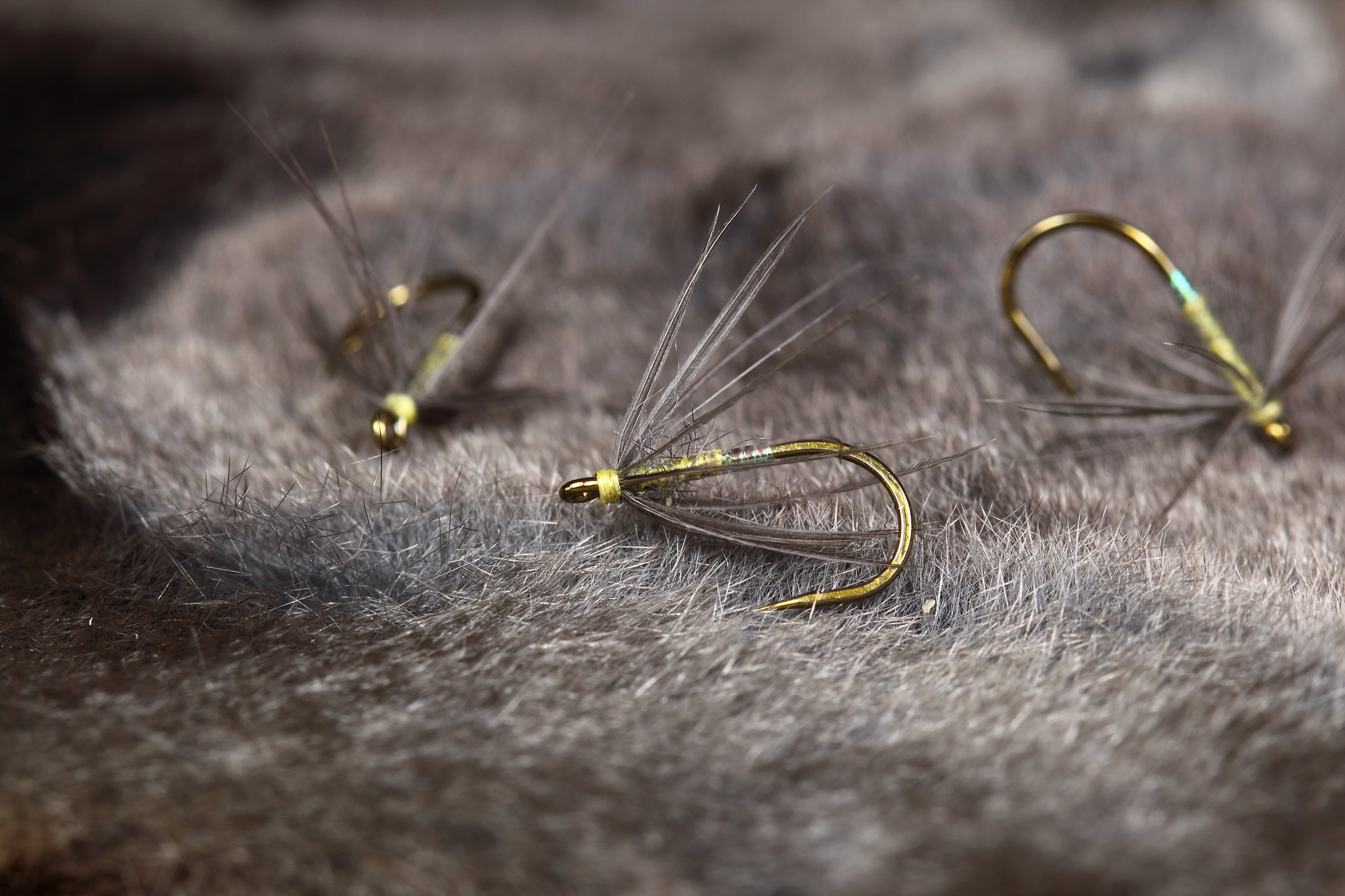 |
| Paul Procter's Pearly Butt Bloa |
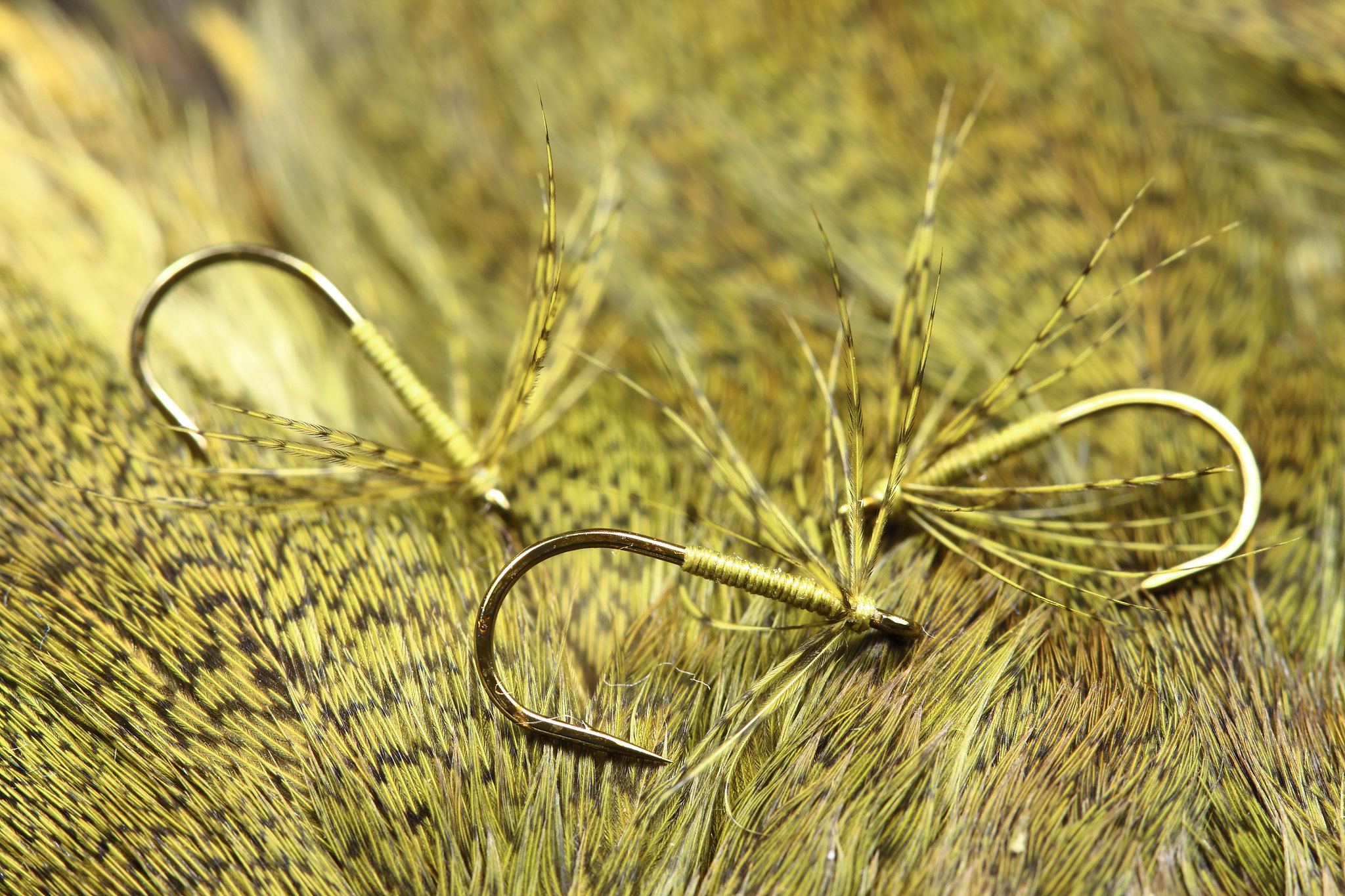 |
| Olive Partridge, something I tied to show off a partridge skin I had dyed |
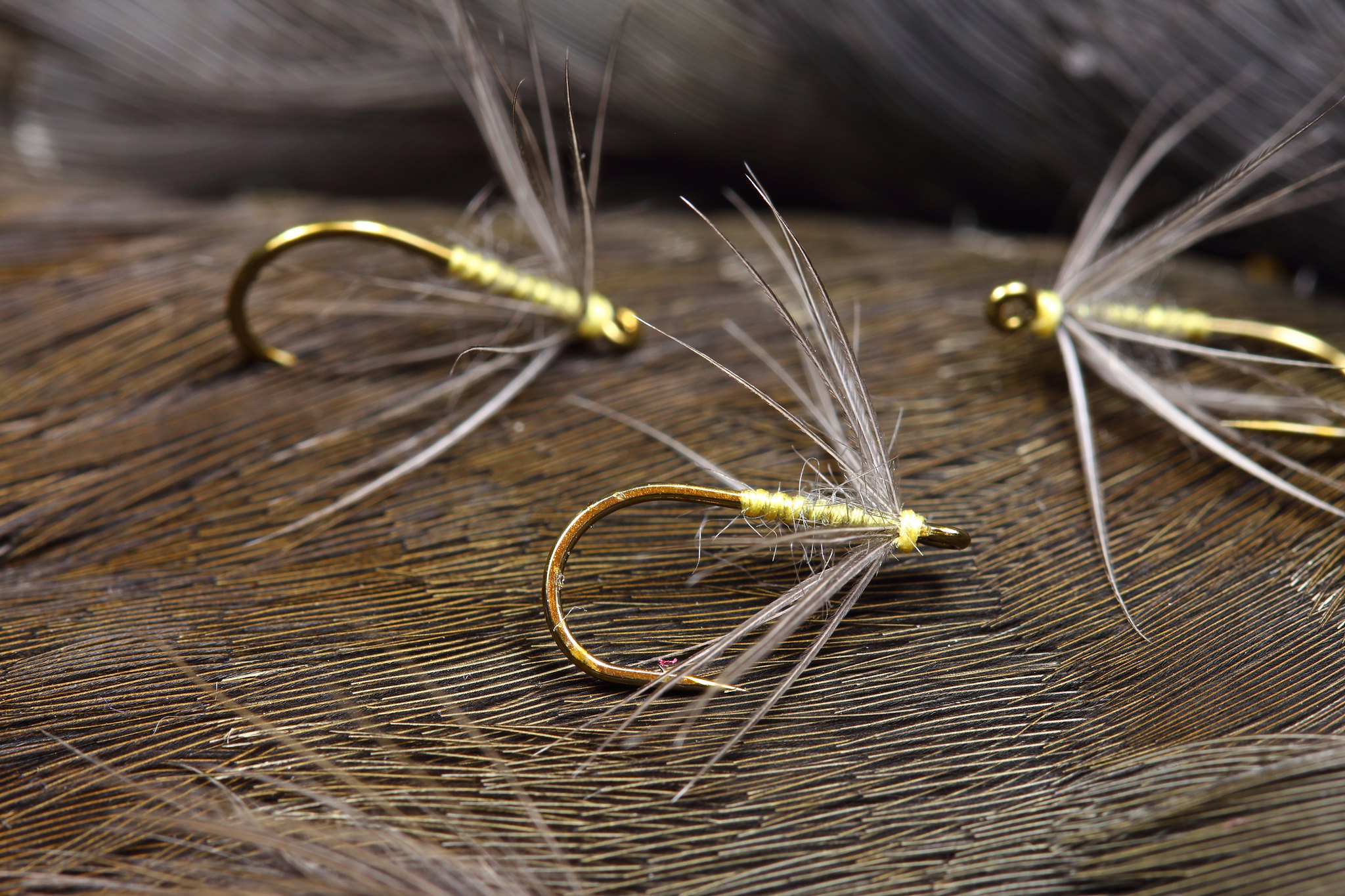 |
| Waterhen Bloa |
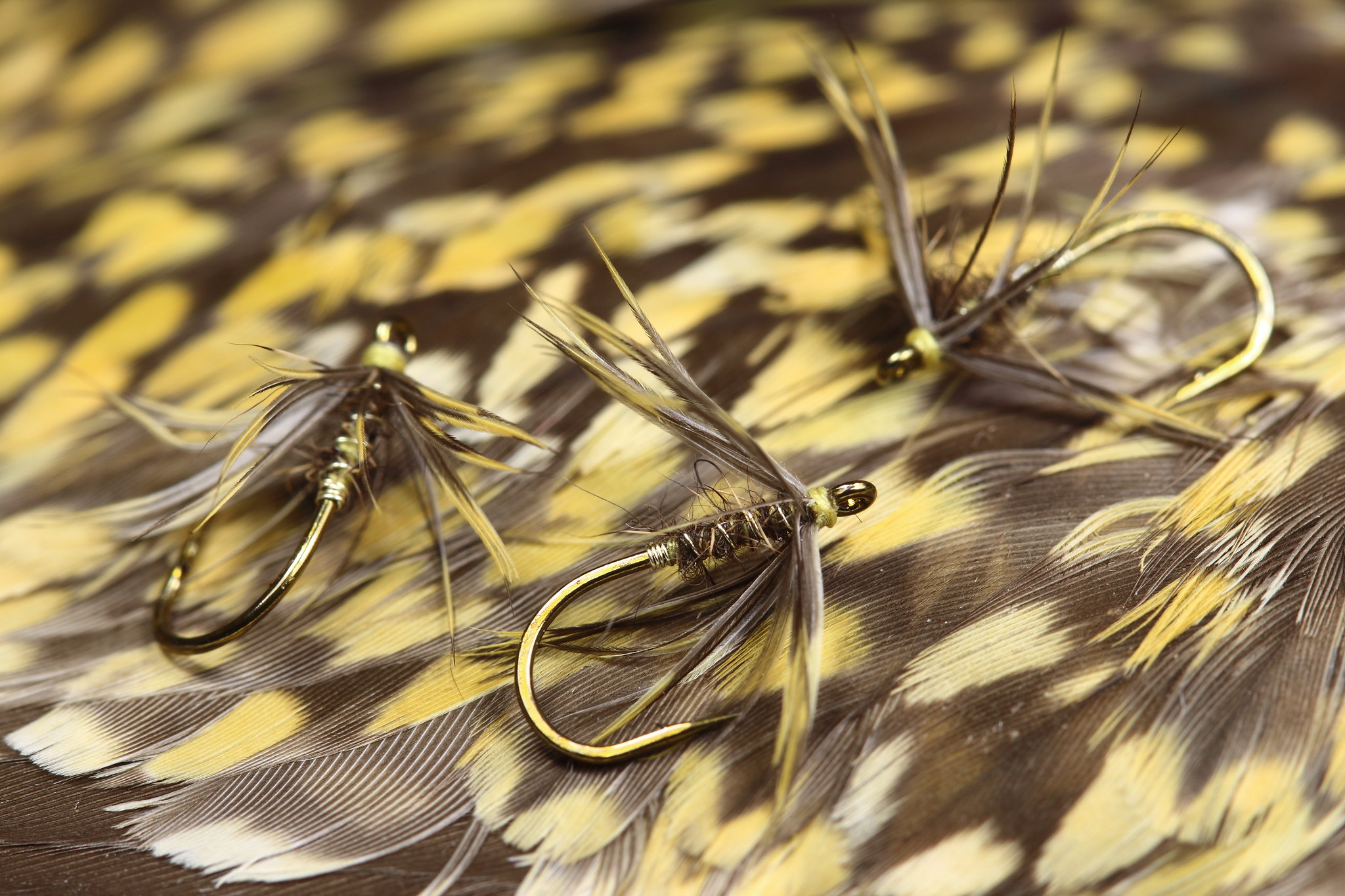 |
| Hare's Lug and Plover |
Monday, 25 April 2016
Rain, rain it's here to stay.
Rain, pah, what rain. No fair weather fisherman here, not these days, I can't afford to be that choosy anymore. Twice week before last I've fished in the rain, my new Taimen wading jacket that came with a pair of waders I bought has done a fantastic job at keeping me dry.
A short three hour trip in persistent rain took me away from my usual rivers, experience tells me not to bother with my club rivers after a substantial amount of rain, the rivers colour up far too much to risk an hours drives only to end up finding unfavourable conditions. The river I fished can almost be guaranteed to be clear, even in the depths of winter. Arriving at lunchtime on Friday the 15th was no different despite a mornings worth of rain. I started the day fishing two nymphs with a small New Zealand indicator on the leader. A size ten short shank copper bead PTN and a size fourteen cream JP pupa were my choices.
Sitting on a log in the rivers margins while tackling up allows the immediate surroundings to settle from the minor disturbance caused by approaching and entering the river, it also allows you to observe the water ahead for any signs of fish. I caught on the second cast and the tally was up to three before I had moved my feet. The rain really helped to conceal me, usually you send tens of fish darting upstream as you make your way upriver; the biomass is huge, but in numbers not size and the ultra clear water can make things especially difficult.
I have been toying with the idea of getting a GoPro, the first fifteen minutes would have made for some frenetic filming as fish after fish nabbed the flies as they drifted down. I was playing one fish which had darted down and was level with me when another trout took the remaining free fly, I've not had many double ups and the fight was interesting but short lived as one of them quickly shed the hook.
The next two hours were much the same, short periods of frantic activity with a small number of fish caught in quick order as each new pool or run was fished and the overall tally steadily increased. Most of the trout came to the PTN on the point, however, the JP Pupa caught enough to earn its place on the leader and the New Zealand strike indicator performed superbly.
I was conscious that time was ebbing away and there was still some areas I wanted to fish. Climbing out of the river I bypassed a large section of the river for no other reason than wanting to fish a particular stretch of water further ahead. Scanning the river in front of me, I saw a fish rise directly opposite where I was stood, another rising fish upstream only served to confirm I had found a good spot. Dropping slightly downstream of the first fish, I eased into the margins, thick sediment held together by bank-side vegetation oozed as my body weight sank while I settled into position. The river here has been narrowed, the fast water current quickly washes away any disturbance and by keeping a low profile I re-tackled without disturbing the fish in front of me.
A decent number of large dark olives were hatching off and now fully in position I could see fish rising to drifting duns all the way up the run, I had truly stumbled on what all early season fly-fishers hope for, a proper hatch of upwings. Catching a dun as it drifted down I could see that these were slightly smaller than expected and were best imitated with a size sixteen Barbour Dun. Stripping off all of the old tippet I tied on a fresh length to the furled leader, I use 0.129mm Drennan supplex and tied on the dry fly. I found it hard to properly apply floatant to the fly due to the cold wet weather, I normally use mucilin, but it just gunked up the fly, especially the mallard wings which tend to clump up when mucilin behaves like this; I really should look into some other alternatives, especially for use in colder conditions.
I didn't catch the first fish in front of me, it mattered not as there were now so many fish rising all over the river, some were even leaping out of the water as the took hatching flies. I worked up the river and fished no more than twenty five yards of water and in around forty minutes I landed ten trout, changing fly once as it refused to float; I called it a day when I snagged up on a thick branch hidden by overhanging vegetation. One thing that really stuck in my mind was that every fish except on hooked on the barbour dun had to be unhooked with forceps, the fly was taken with that much enthusiasm, I think it is a great olive imitation. Despite the almost constant rain I'd had a great afternoon, foremost I was still dry and reasonably warm, besides I'd soon be warm walking back to the car. Nothing I caught was over eleven inches long, but that didn't matter, at last I had fished a decent hatch and found an area full of rising fish. Numbers wise, I kept an accurate record: thirty nine fish hooked, thirty four landed, ten on the dry-fly. It goes to show how well you can do even when faced with adverse conditions, I'm a firm believer in trying to get out regardless of weather conditions, it's only really dirty, high water that will stop me from getting out
A short three hour trip in persistent rain took me away from my usual rivers, experience tells me not to bother with my club rivers after a substantial amount of rain, the rivers colour up far too much to risk an hours drives only to end up finding unfavourable conditions. The river I fished can almost be guaranteed to be clear, even in the depths of winter. Arriving at lunchtime on Friday the 15th was no different despite a mornings worth of rain. I started the day fishing two nymphs with a small New Zealand indicator on the leader. A size ten short shank copper bead PTN and a size fourteen cream JP pupa were my choices.
Sitting on a log in the rivers margins while tackling up allows the immediate surroundings to settle from the minor disturbance caused by approaching and entering the river, it also allows you to observe the water ahead for any signs of fish. I caught on the second cast and the tally was up to three before I had moved my feet. The rain really helped to conceal me, usually you send tens of fish darting upstream as you make your way upriver; the biomass is huge, but in numbers not size and the ultra clear water can make things especially difficult.
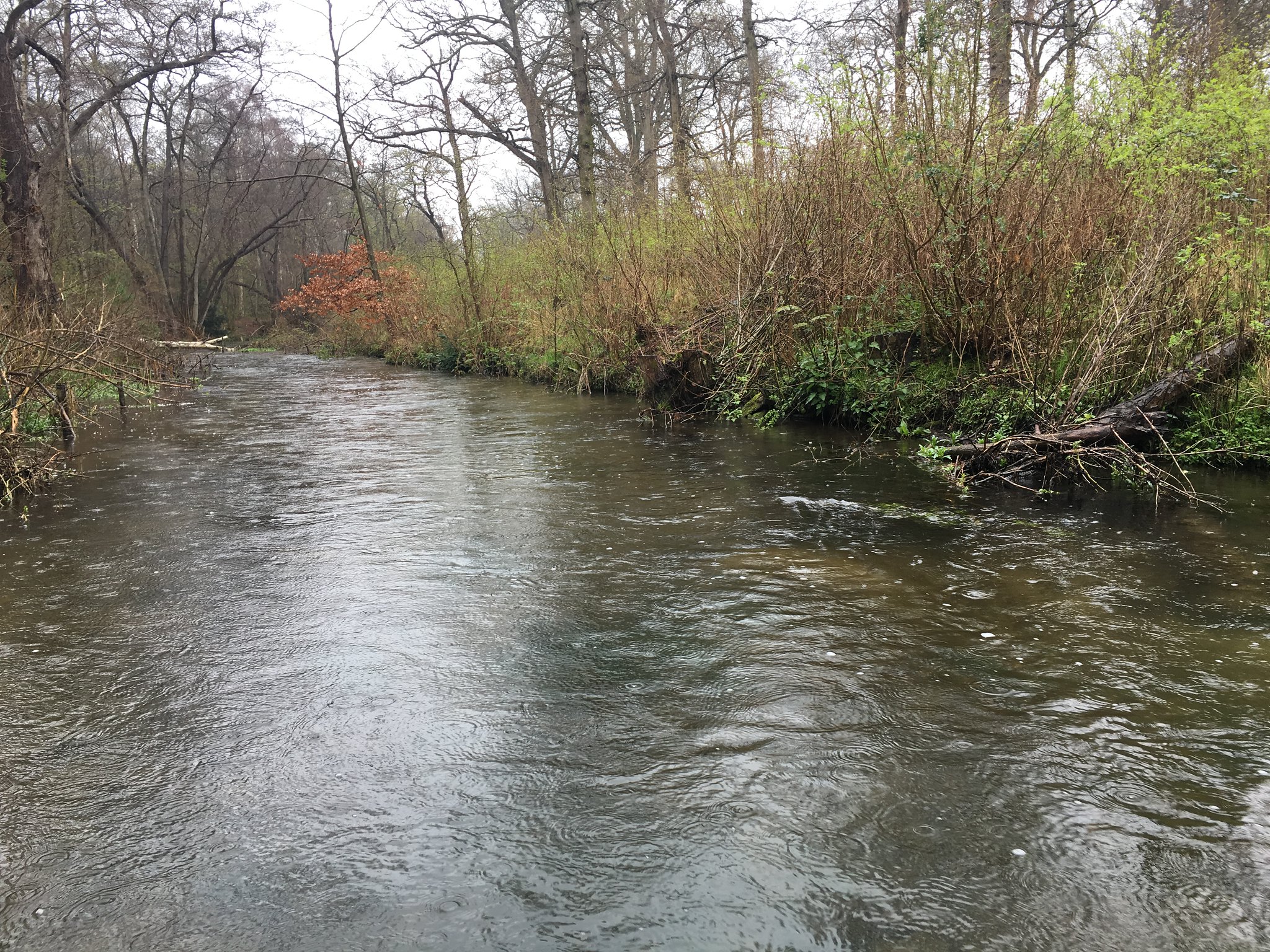 |
| Looking upstream, although clear the rain really helped to conceal my presence |
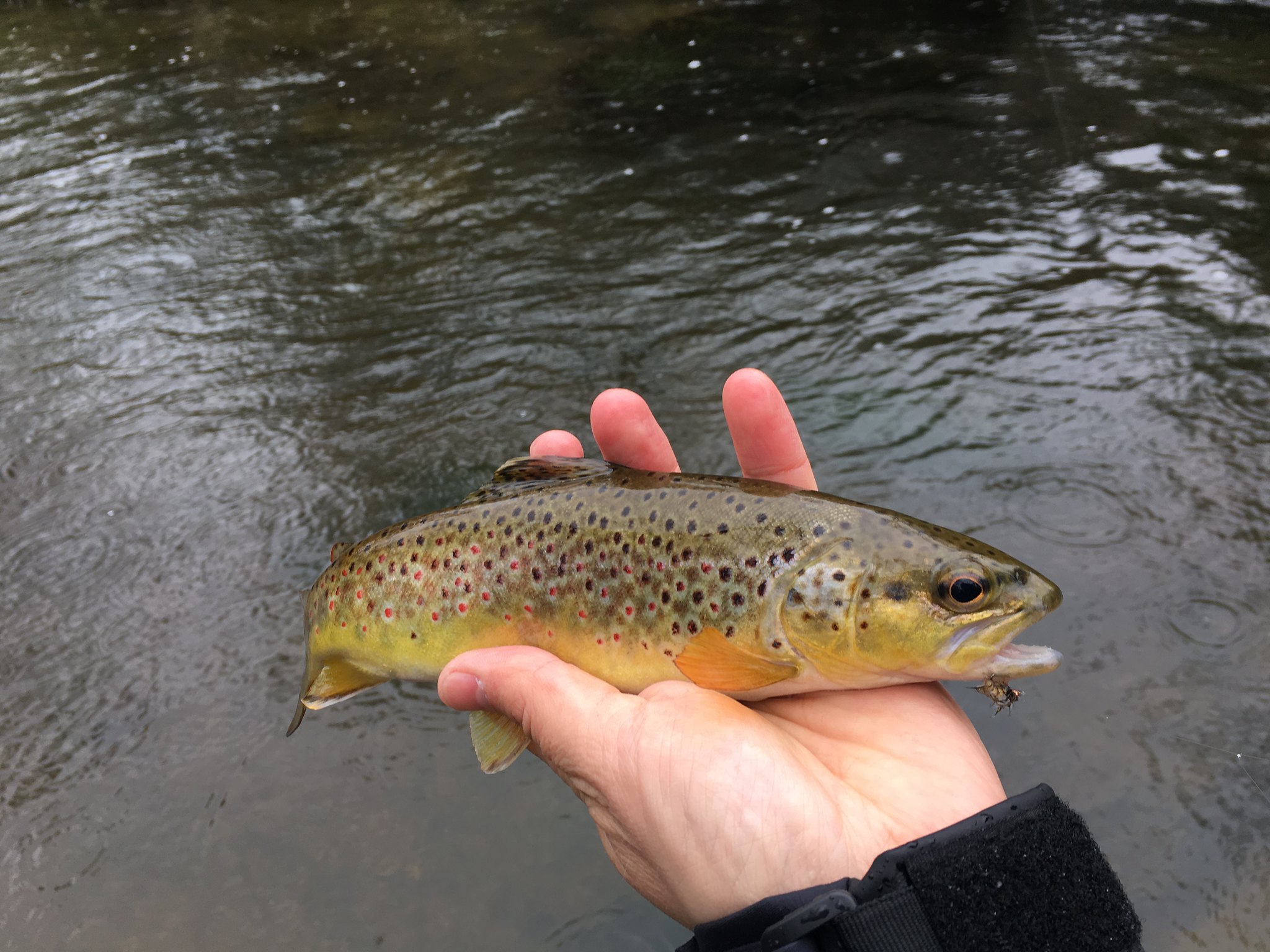 |
| Not many pictures, it's difficult in the rain - must invest in a waterproof camera |
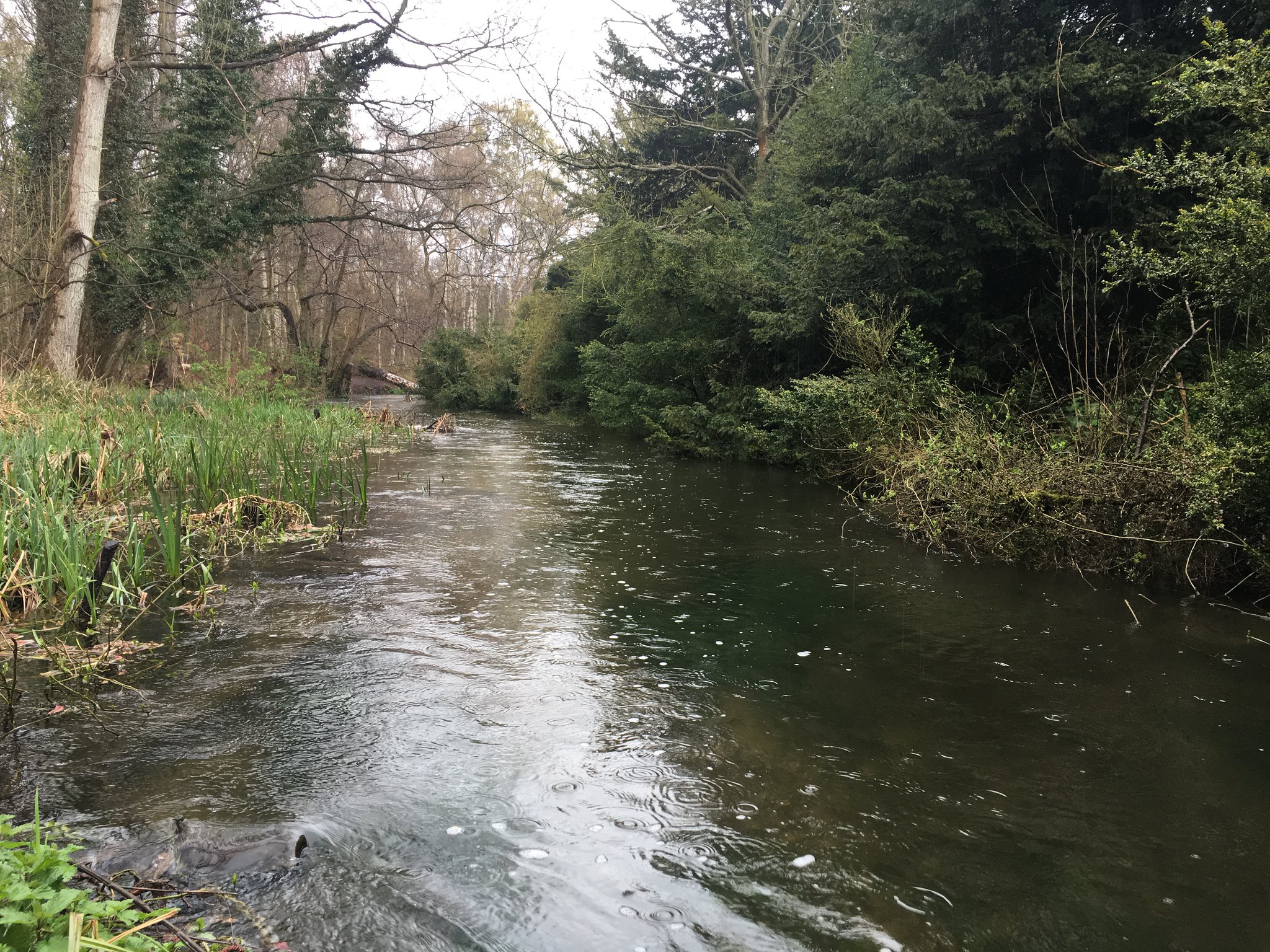 |
| Rising fish all the way up, I fished to just round the corner to the left |
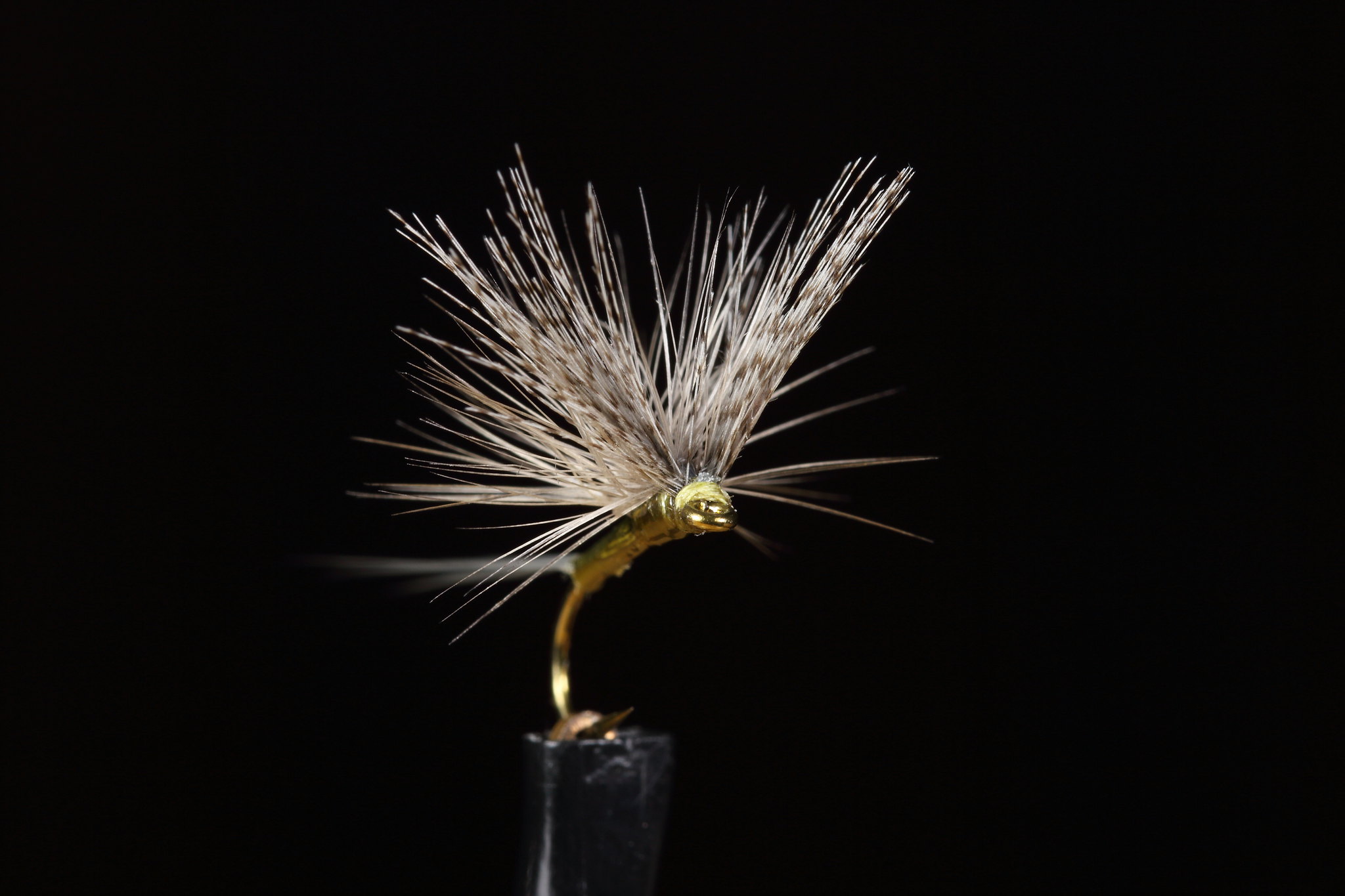 |
| Barbour Paraloop Dun |
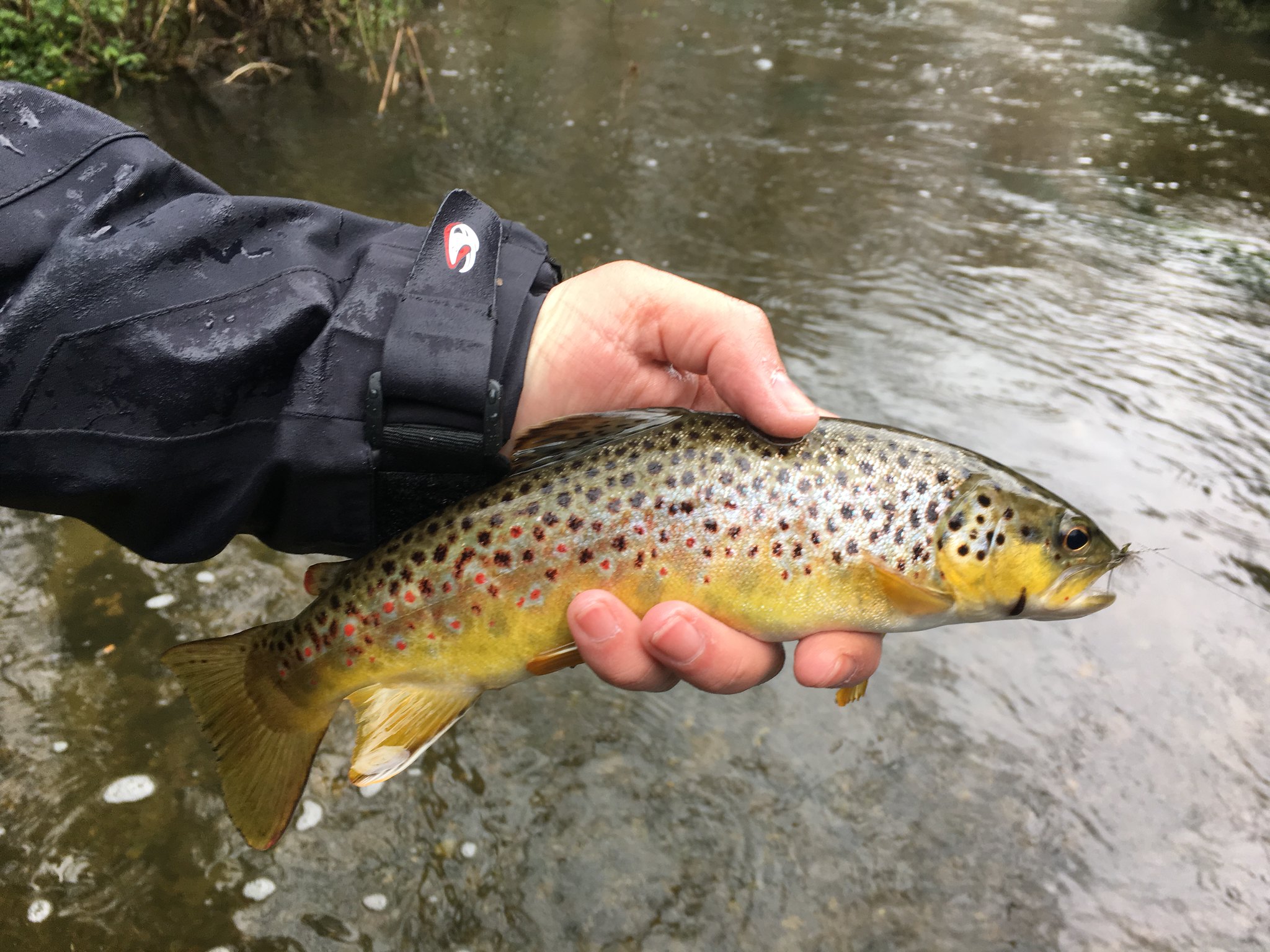 |
| On a dry-fly, that's what I fish for |
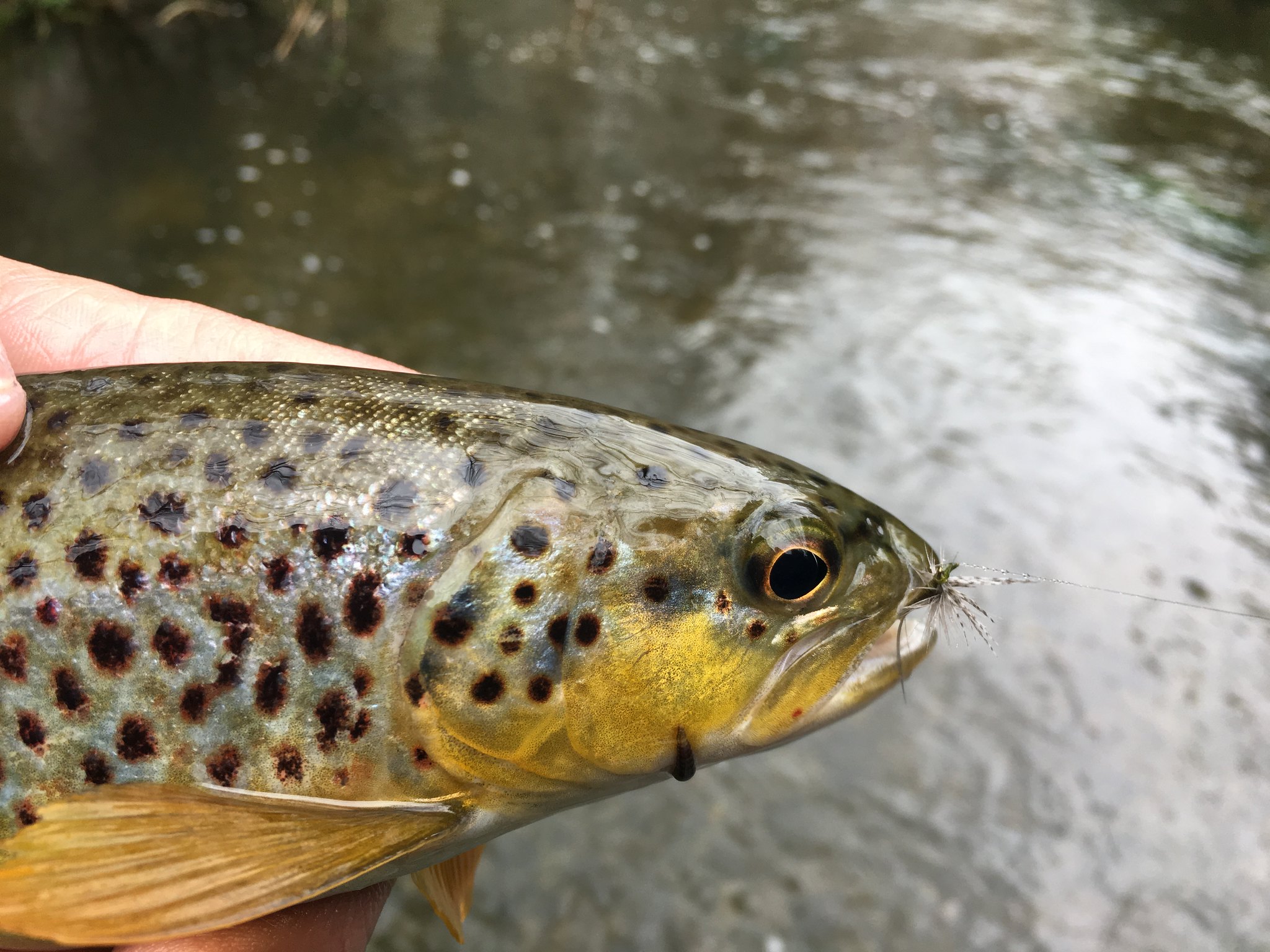 |
| Oddly this was only fish that didn't need the forceps to unhook |
Subscribe to:
Posts (Atom)
